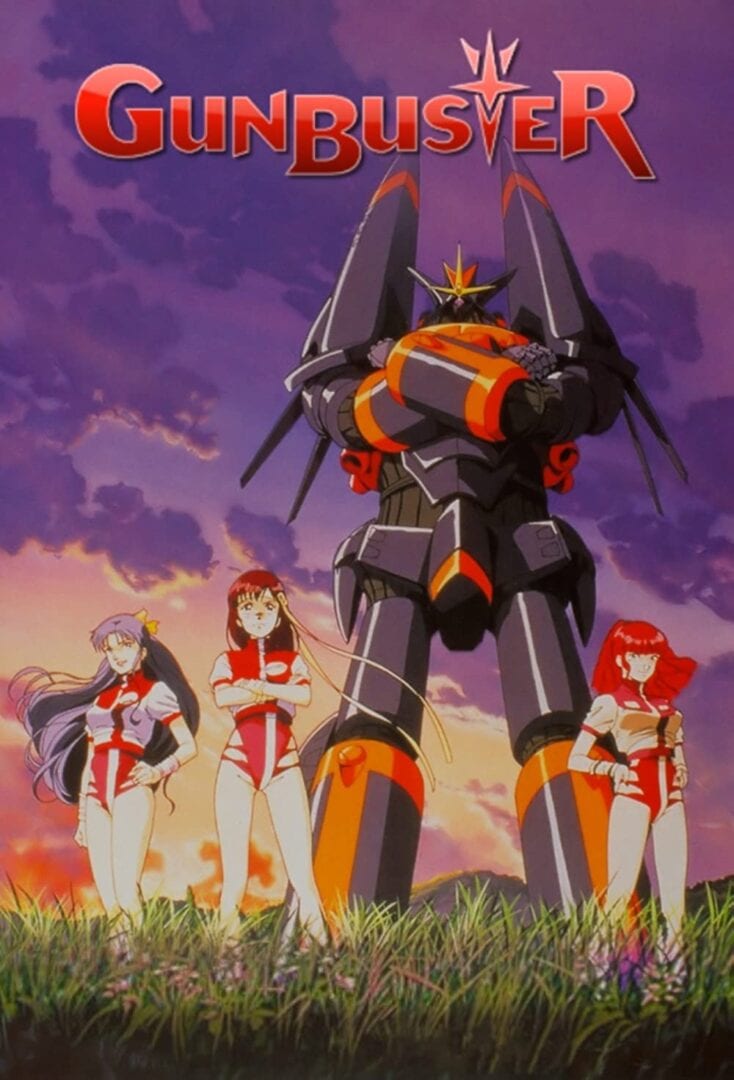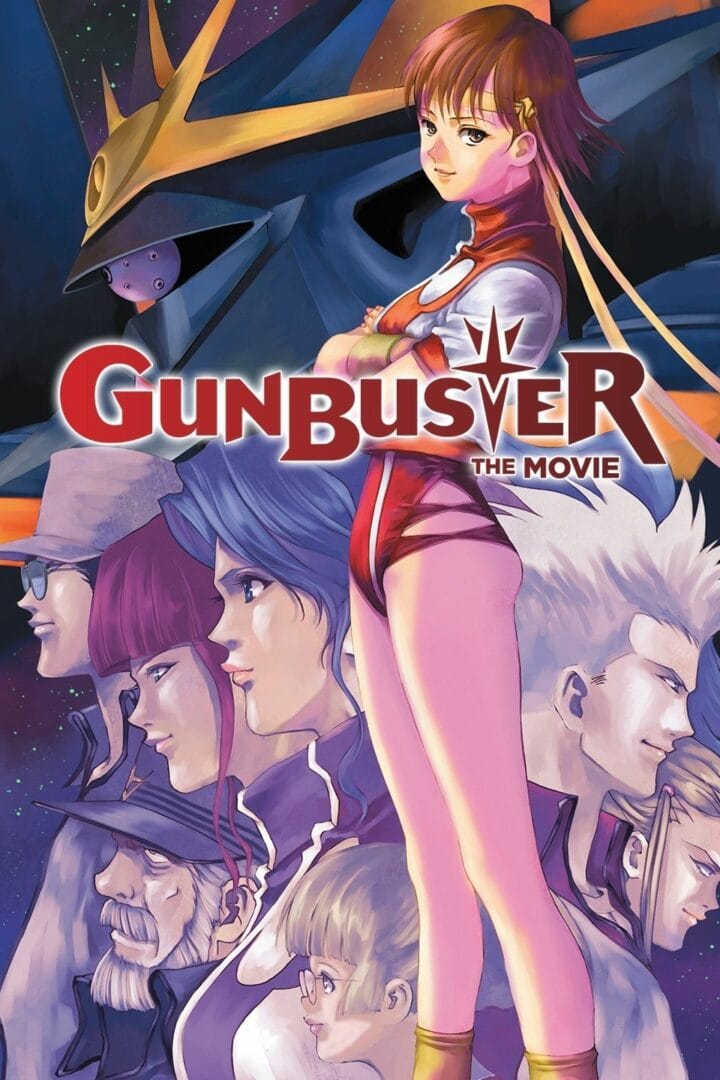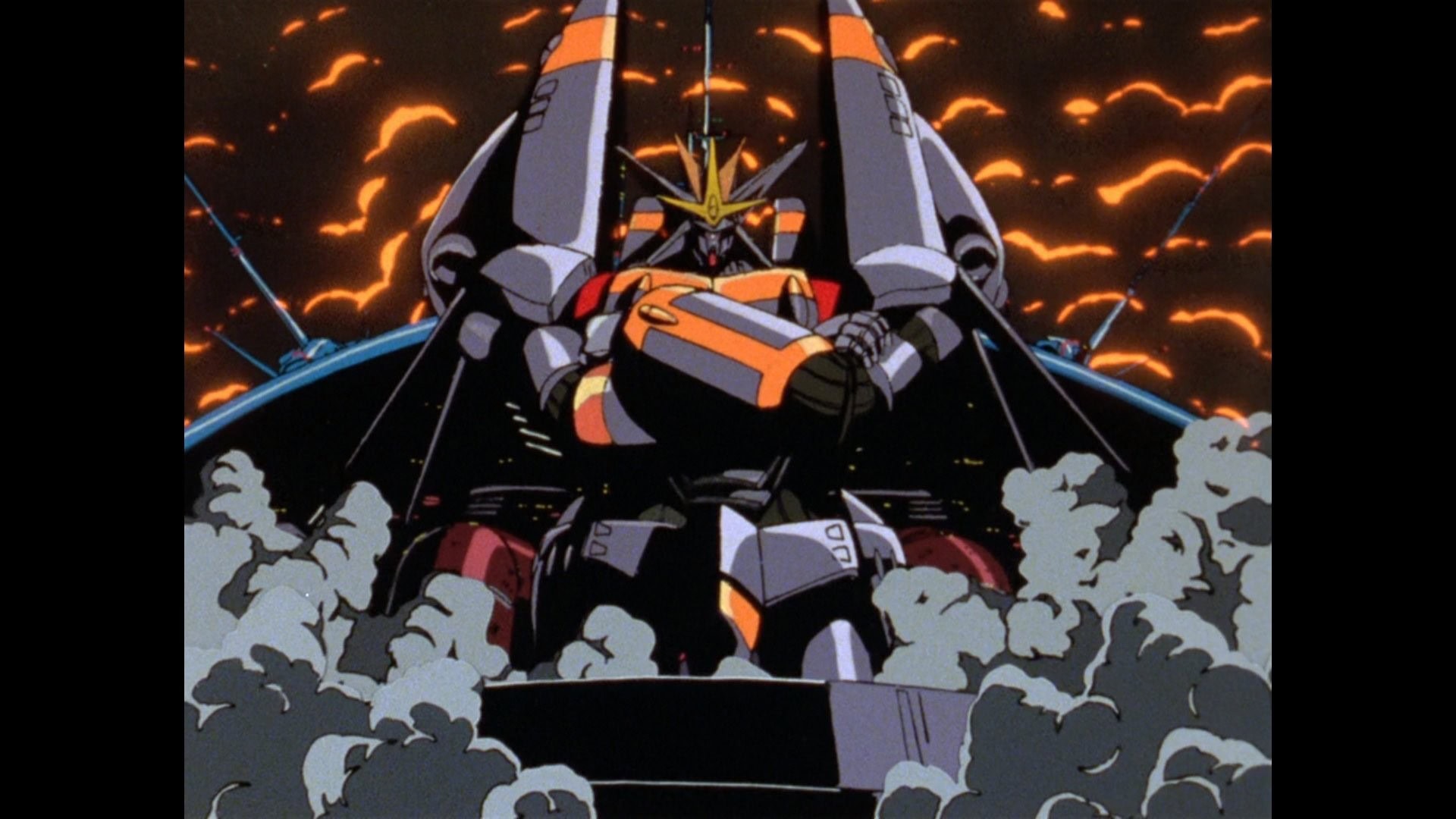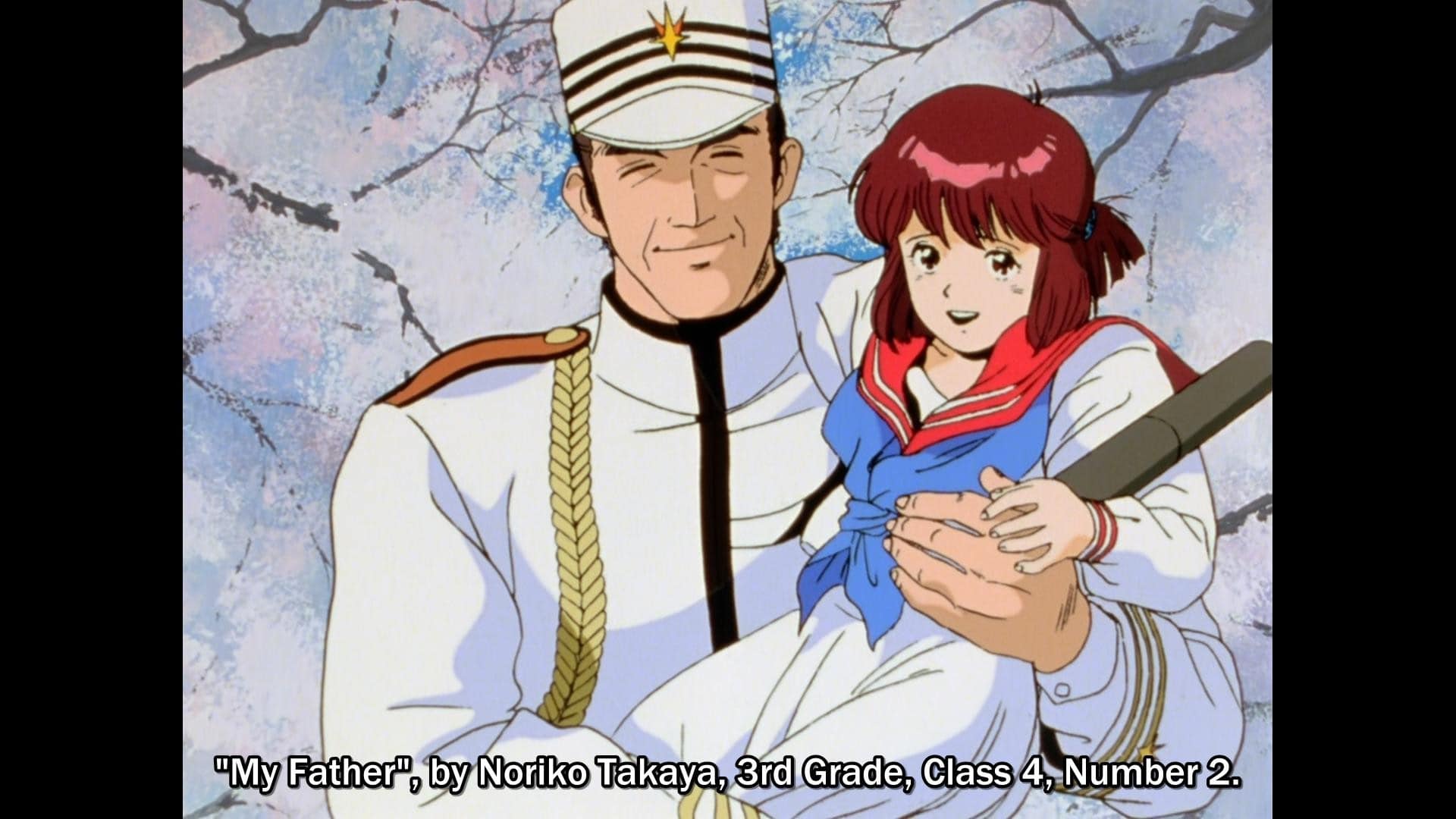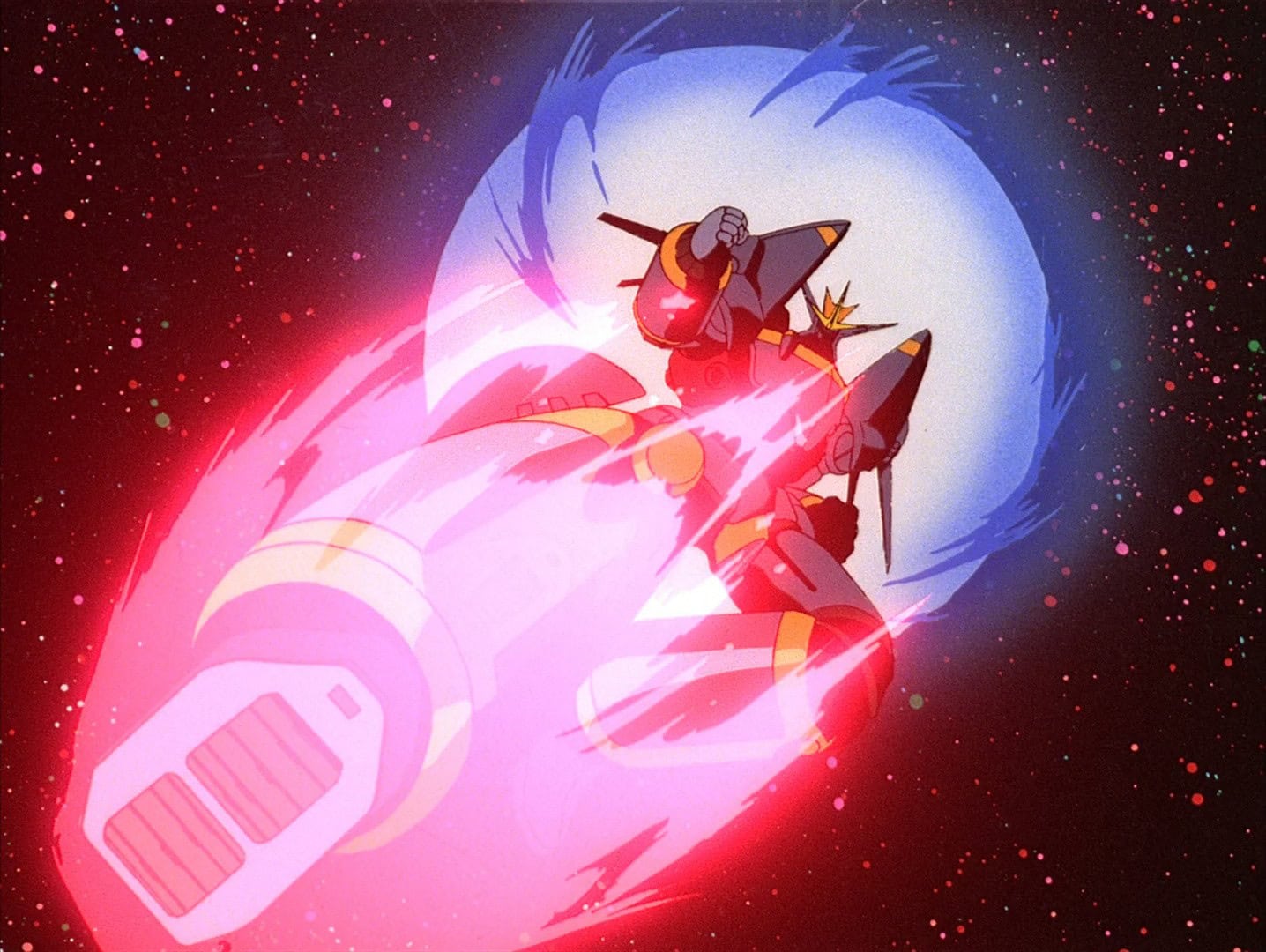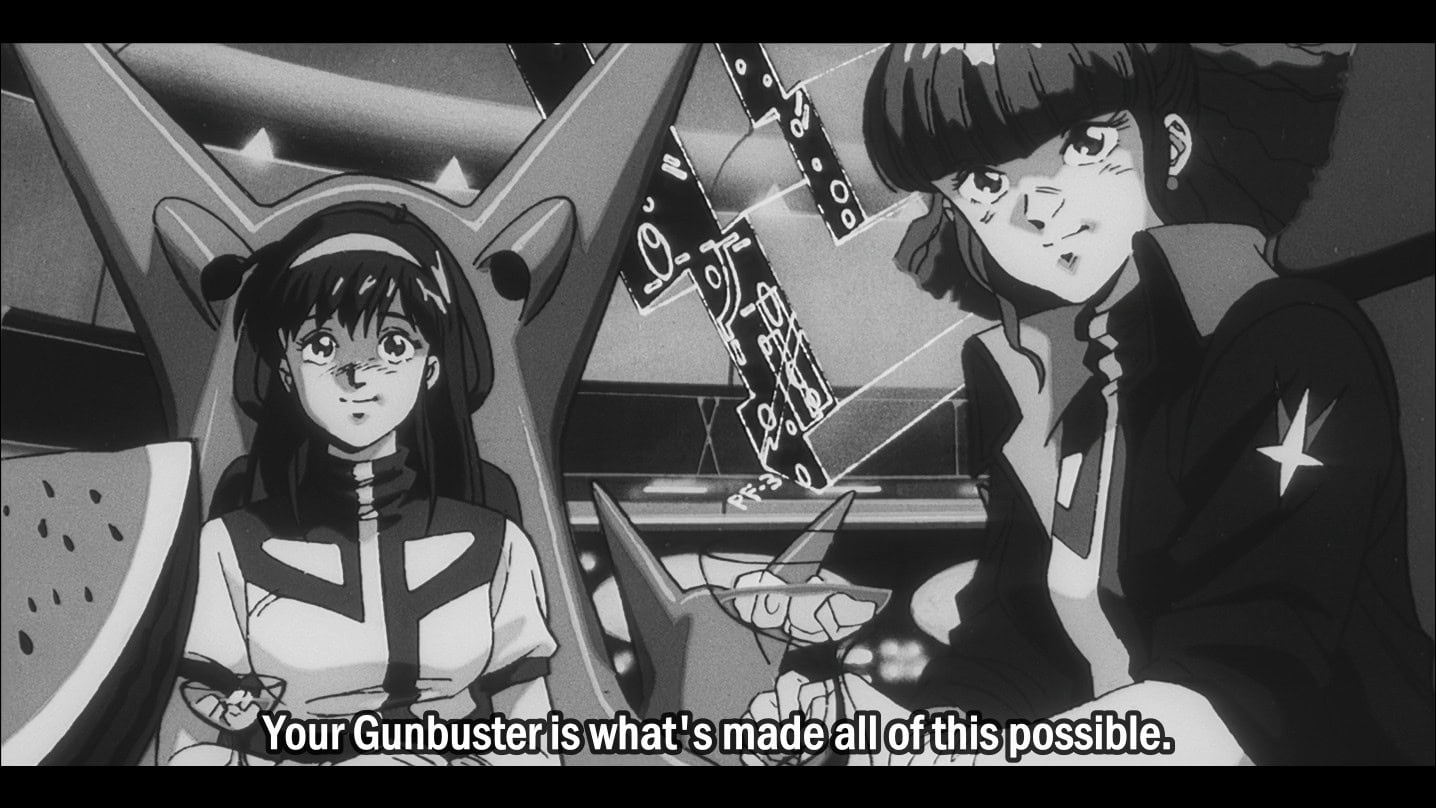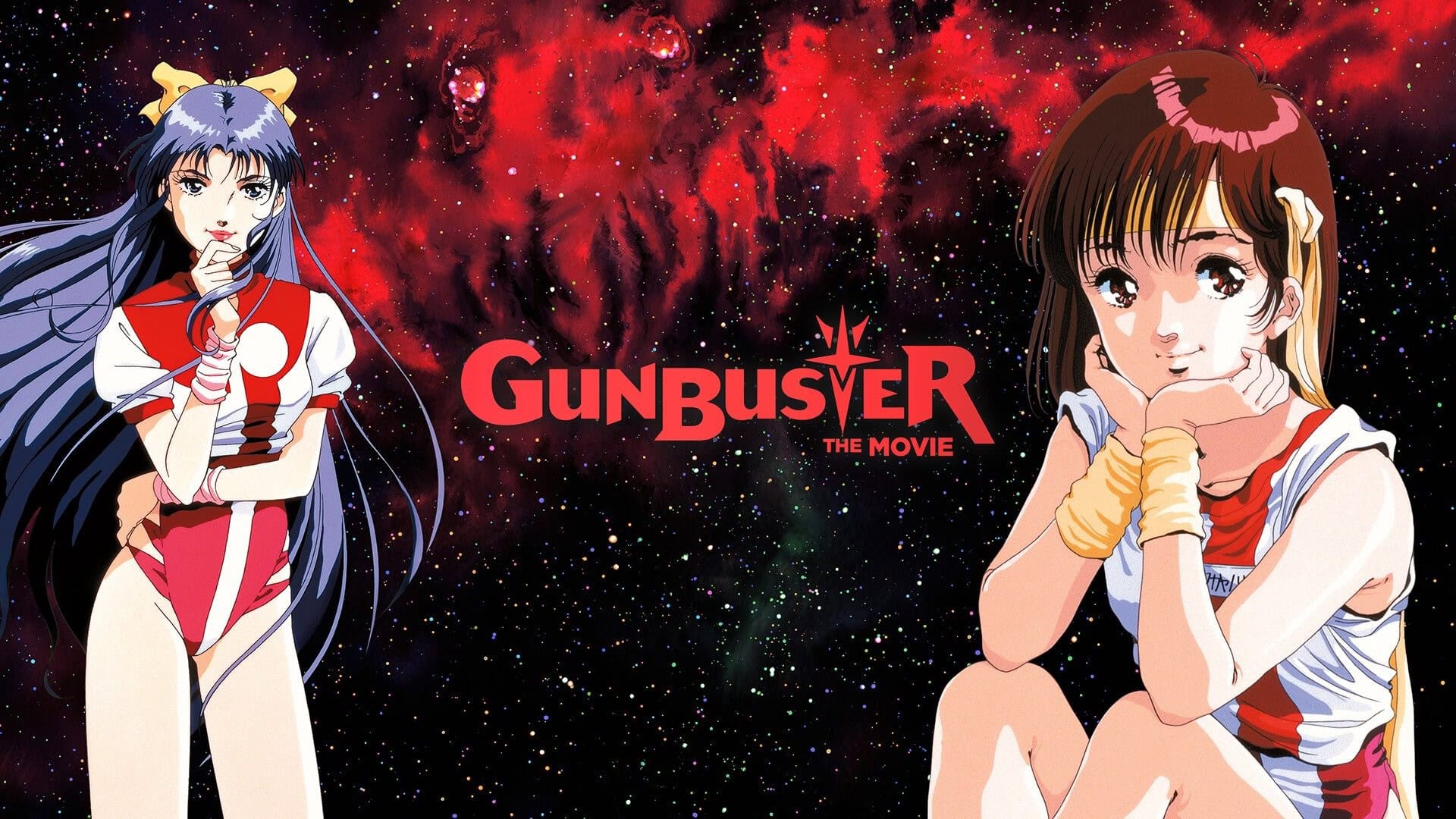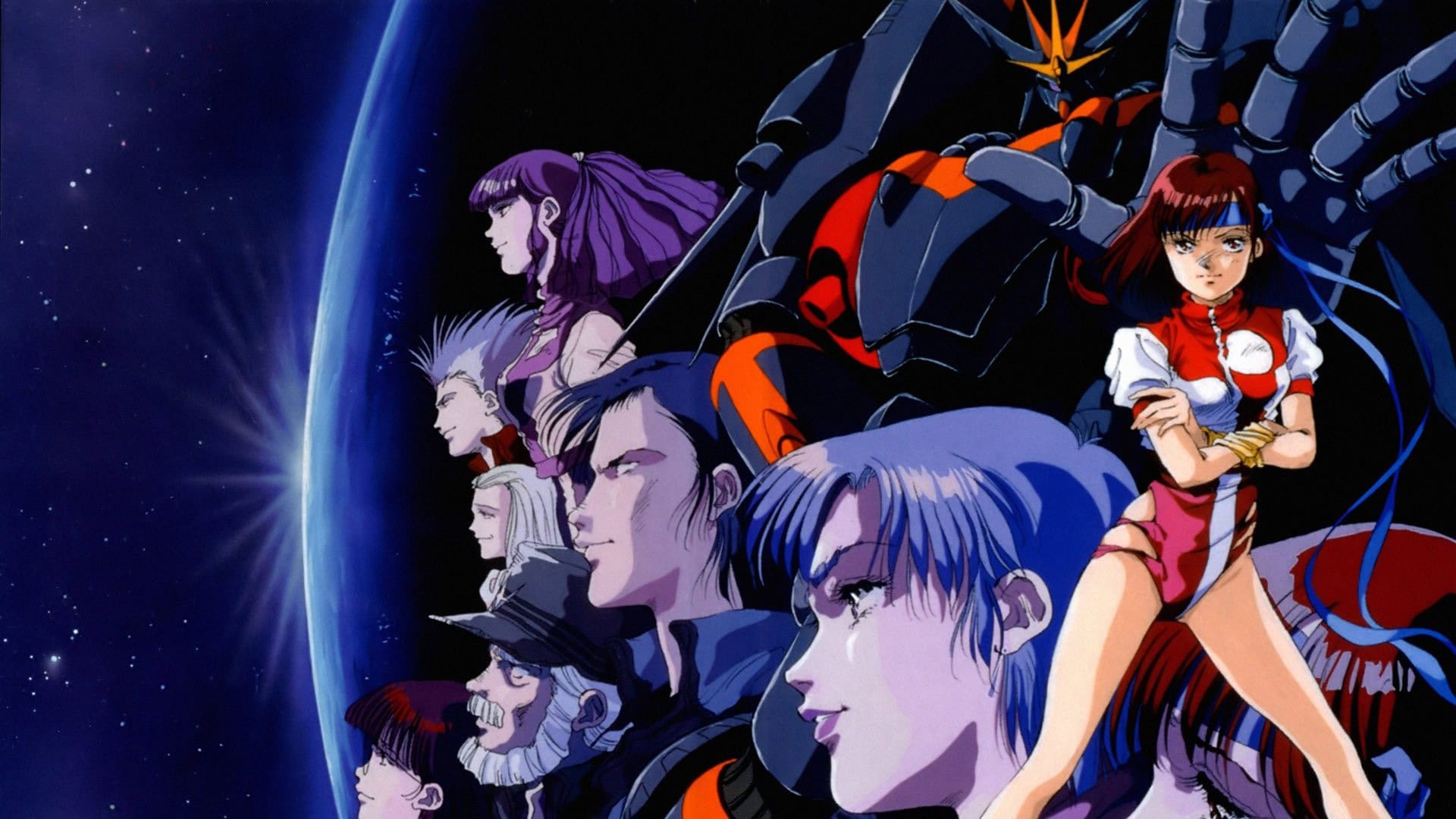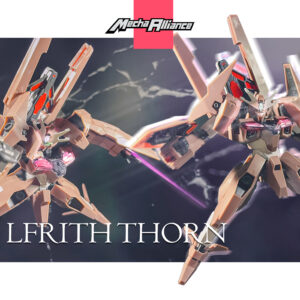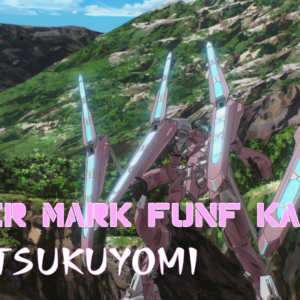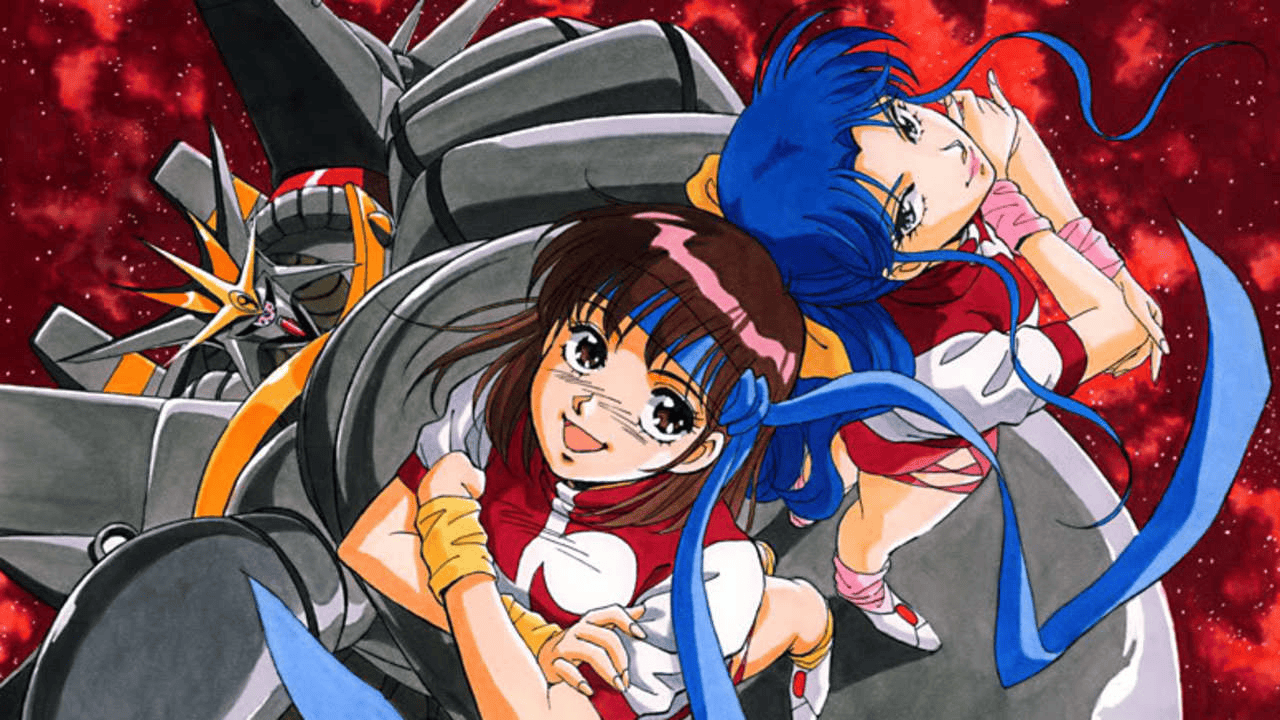
Anime Review: Top wo Nerae! Gunbuster – Love and Courage Across Space-Time
Don’t underestimate Coach’s Gunbuster!
Hideaki Anno is a name that is too familiar to not only mecha fans but also anime fans and Japanese culture lovers in general. He is most known for his creative filmmaking skills and impressive screenwriting talent in the Neon Genesis Evangelion. However, it wasn’t the first mecha anime to have his mark. Aim for the Top! (also known as Gunbuster), is Hideaki Anno’s first anime series as a director, and also the first mecha anime series he ever made. Not only imbued with his burning love for classic Super Robot shows, Gunbuster also shows viewers the directorial style and worldview of director Anno at that time.
Gunbuster was made as a passion project in a time when mecha OVA was all the rage and many studios consider it their “kick off” project. Gunbuster is no exception as it was made by those who would proceeded to become the legendary mecha studio who made Gurren Lagann and Evangelion – Gainax. Gunbuster was a 6-episode OVA with each ep being 30-minute long. The OVA was released in burst of 2 episodes from 1988 to 1989.
//PLOT//
Gunbuster takes place in a sci-fi world, where humans have developed to the point of being able to build light-speed capable space battleships, while having to face alien monsters that want to destroy humanity. Here, Noriko Takaya, daughter of the late captain of battleship Luxion, had a dream to fly into space and became a space pilot like her dad, and she had the opportunity to realize that dream. However, that opportunity sends her on a journey through space and time that determines the fate of the whole world.
After the end of episode 4, Gunbuster was green lit to produce two more episodes, so the series has a rather special plot structure that Shin Ultraman viewers may feel familiar with: the series can be divided into 3 separate acts, each with its own opening, body, and ending, even though the cast and settings remain unchanged.
The first act spans from ep 1 to ep 4, and tells about the growth of Noriko Takaya.
The second act takes place in episode 5, is a small story about love and duty.
Episode 6 is the final act, ending Noriko and Amano’s story perfectly with a war against the entire galaxy.
Gunbuster takes place in a sci-fi world, where humans have developed to the point of being able to build light-speed capable space battleships, while having to face alien monsters that want to destroy humanity. Here, Noriko Takaya, daughter of the late captain of battleship Luxion, had a dream to fly into space and became a space pilot like her dad, and she had the opportunity to realize that dream. However, that opportunity sends her on a journey through space and time that determines the fate of the whole world.
After the end of episode 4, Gunbuster was green lit to produce two more episodes, so the series has a rather special plot structure that Shin Ultraman viewers may feel familiar with: the series can be divided into 3 separate acts, each with its own opening, body, and ending, even though the cast and settings remain unchanged.
The first act spans from ep 1 to ep 4, and tells about the growth of Noriko Takaya.
The second act takes place in episode 5, is a small story about love and duty.
Episode 6 is the final act, ending Noriko and Amano’s story perfectly with a war against the entire galaxy.
[ACT 1: NORIKO’S GLOW-UP]
The first act, I found the plot to be quite weak (because Hideaki Anno did not participate in writing the first four episodes), but was hard carried by his directing talent. These four episodes are inspired by two famous Hollywood movies, Top Gun and Rocky, and have a fairly simple plot.
Noriko’s character development told in these four episodes isn’t really convincing to me, but thanks to director Anno, composer Kohei Tanaka, animators and voice actors, the key scenes in her growing up journey becomes extremely emotional.
From the first to the last episode, we can see Hideaki Anno’s trademark filmmaking tricks: strange lighting angles to accentuate the characters’ emotions, scenes full of “existential crisis”, brutally realistic scenes that contrast with the film’s joyous theme, visual and audio storytelling, and, of course, immense attention to detail.
The scene that impressed me the most was probably the scene where Noriko and Smith fought together at the end of episode 3. An extraordinary scene, although not clearly showing the space monsters and most of the scene revolves around Noriko and her mecha, still makes viewers feel the helplessness and panic that gripped her, thanks to the combination of creepy sounds inside the cockpit, the rush of the scene, and the expressions on Noriko’s face. The act ends in a very Super Robot way, although not as fire as the second Act.
One thing I appreciate from the series is the complexity of the fictional science in it and how it’s applied in the plot. The Gunbuster team even made a series of animated shorts that thoroughly explains the in-universe science of Gunbuster.
The first act, I found the plot to be quite weak (because Hideaki Anno did not participate in writing the first four episodes), but was hard carried by his directing talent. These four episodes are inspired by two famous Hollywood movies, Top Gun and Rocky, and have a fairly simple plot.
Noriko’s character development told in these four episodes isn’t really convincing to me, but thanks to director Anno, composer Kohei Tanaka, animators and voice actors, the key scenes in her growing up journey becomes extremely emotional.
From the first to the last episode, we can see Hideaki Anno’s trademark filmmaking tricks: strange lighting angles to accentuate the characters’ emotions, scenes full of “existential crisis”, brutally realistic scenes that contrast with the film’s joyous theme, visual and audio storytelling, and, of course, immense attention to detail.
The scene that impressed me the most was probably the scene where Noriko and Smith fought together at the end of episode 3. An extraordinary scene, although not clearly showing the space monsters and most of the scene revolves around Noriko and her mecha, still makes viewers feel the helplessness and panic that gripped her, thanks to the combination of creepy sounds inside the cockpit, the rush of the scene, and the expressions on Noriko’s face. The act ends in a very Super Robot way, although not as fire as the second Act.
One thing I appreciate from the series is the complexity of the fictional science in it and how it’s applied in the plot. The Gunbuster team even made a series of animated shorts that thoroughly explains the in-universe science of Gunbuster.
[ACT 2 and 3: AT THE END OF ETERNITY]
The scripts for episodes 5 and 6 were penned by Hideaki Anno himself, marking a huge leap in plot quality. Using the theory of time dilation, Hideaki Anno created two deeply emotional episodes, both revolving around the ruthless disparity between the timelines on Earth and in outer space.
Episode 5, in addition to the cruel situation that comes from the fact that time is slower in space, the extremely energetic and very classic Super Robot-like fight scene with the song “Aim for the Top! ~Fly High~” makes this episode perhaps not only my favorite but also many other viewers’.
Episode 6 is a pretty impressive episode in terms of aesthetics, when the whole episode is filtered in black and white. There are many interpretations of this aesthetic choice, such as Hideaki Anno wanting to recreate the feeling of watching old movies, because he loves classic tokusatsu movies. Personally, I like to think that Hideaki Anno wants to create the feeling of watching a war documentary, from the perspective of Earthlings 12 thousand years later, and at the same time showing Amano and Noriko’s isolation from reality.
This sub-theme is also a fine addition to the plot – director Anno deftly portrays the soldiers and veterans’ “bleak feeling of isolation” from the present. After wars, most veterans have difficulty adjusting to normal life, to the community around them, and to society – Anno delicately weaves this reality into the story of two Gunbuster pilots, and thanks to that, viewers feel how great the emotional burden of Amano and Noriko is.
After ending the great battle of humanity’s last stand with a sakuga filled with will and energy tributing to “Musashi’s Last Stand”, director Anno continued to push viewers’ emotions by letting Noriko and Amano return to Earth after 12,000 years, a scene that made my heart ache. Fortunately, Hideaki Anno at this time was not so depressed and still let the two sisters have a bitter but still heartwarming ending. The “Welcome Home” with the last letter misspelled at the end rekindled a glimmer of hope in their hearts, and when they flew back to Earth, the episode was colored again, showing that, despite going through a lot of grief and loss, the two Gunbuster pilots were finally more or less connected to the present.
The scripts for episodes 5 and 6 were penned by Hideaki Anno himself, marking a huge leap in plot quality. Using the theory of time dilation, Hideaki Anno created two deeply emotional episodes, both revolving around the ruthless disparity between the timelines on Earth and in outer space.
Episode 5, in addition to the cruel situation that comes from the fact that time is slower in space, the extremely energetic and very classic Super Robot-like fight scene with the song “Aim for the Top! ~Fly High~” makes this episode perhaps not only my favorite but also many other viewers’.
Episode 6 is a pretty impressive episode in terms of aesthetics, when the whole episode is filtered in black and white. There are many interpretations of this aesthetic choice, such as Hideaki Anno wanting to recreate the feeling of watching old movies, because he loves classic tokusatsu movies. Personally, I like to think that Hideaki Anno wants to create the feeling of watching a war documentary, from the perspective of Earthlings 12 thousand years later, and at the same time showing Amano and Noriko’s isolation from reality.
This sub-theme is also a fine addition to the plot – director Anno deftly portrays the soldiers and veterans’ “bleak feeling of isolation” from the present. After wars, most veterans have difficulty adjusting to normal life, to the community around them, and to society – Anno delicately weaves this reality into the story of two Gunbuster pilots, and thanks to that, viewers feel how great the emotional burden of Amano and Noriko is.
After ending the great battle of humanity’s last stand with a sakuga filled with will and energy tributing to “Musashi’s Last Stand”, director Anno continued to push viewers’ emotions by letting Noriko and Amano return to Earth after 12,000 years, a scene that made my heart ache. Fortunately, Hideaki Anno at this time was not so depressed and still let the two sisters have a bitter but still heartwarming ending. The “Welcome Home” with the last letter misspelled at the end rekindled a glimmer of hope in their hearts, and when they flew back to Earth, the episode was colored again, showing that, despite going through a lot of grief and loss, the two Gunbuster pilots were finally more or less connected to the present.
Through Gunbuster, we also feel the worldview of Hideaki Anno at that time. His thoughts on humanity and the world are best seen in the conversation between Amano and her subordinate at the beginning of the final episode: the soldier thinks it was the galaxy that sends monsters to destroy humanity, so humans should surrender to fate, but Amano counters and convinces him that whether human existence is right or wrong, good or bad, survival is the most important.
Although Amano and Noriko suffered a lot of emotional trauma, thanks to their determination and efforts, they created many miracles and saved humanity many times. Humans in Gunbuster, although considered by the whole galaxy as bacteria to be eradicated, still survive in the end, even if they have to sacrifice a lot of things, such as Earth and Jupiter resources, or to make morally questionable decisions, such as destroying the entire galaxy. Although he is always skeptical, constantly asking questions about people and life, and forcing the characters to go through painful situations, in the end, Hideaki Anno still puts his faith in humanity, in life, in the ideal that will and effort will lead to a bright tomorrow.
Although Amano and Noriko suffered a lot of emotional trauma, thanks to their determination and efforts, they created many miracles and saved humanity many times. Humans in Gunbuster, although considered by the whole galaxy as bacteria to be eradicated, still survive in the end, even if they have to sacrifice a lot of things, such as Earth and Jupiter resources, or to make morally questionable decisions, such as destroying the entire galaxy. Although he is always skeptical, constantly asking questions about people and life, and forcing the characters to go through painful situations, in the end, Hideaki Anno still puts his faith in humanity, in life, in the ideal that will and effort will lead to a bright tomorrow.
//CHARACTERS//
To me, Gunbuster‘s character department, although not too unique, is still enough to impress. My favorite character is of course Noriko, a gullible girl who lacks courage to transform into an extremely strong and courageous person.
Noriko’s growth isn’t particularly remarkable (though the moments in it are still touching, thanks to director Anno) as it’s not much different from Top Gun‘s development of Maverick: both were haunted by their fathers’death (who both fought for the army), then were psychologically affected by indirectly causing the death of their combat partner, and finally recovered thanks to their instructors.
Only since Noriko started piloting the Gunbuster has she become one of my favorite Super Robot pilots, thanks to her indomitable spirit and Noriko Hidaka’s amazing voice. The outstanding moments in episodes 4, 5, 6 put Noriko Takaya on a par with classic names like Ryoma Nagare or Kouji Kabuto.
The two supporting characters, Coach Ota and Amano, although the film time was too short for them to develop, still left their own mark.
Coach Ota falls in one of my favorite character types: the father figure type. For Amano and Noriko, Coach is like their second father and brother. Not only does he care about his two students, but he also pushes them roughly so that Amano and Noriko can reach their full potential. The sacrifice behind the front lines of Coach Ota is the catalyst for the Gunbuster pair of pilots to create miracles.
Kazumi Amano is the necessary contrast for Noriko to reach her full potential. At first, in contrast to Noriko who is a gullible girl, a bit goofy and weak, Amano gives the impression of being a strong, confident and a bit cold senior. Noriko and Kazumi Amano’s relationship isn’t very developed, but one can still see how much Amano cares for her sworn sister. She doesn’t mind hurting Noriko, if it keeps Noriko safe, and thanks to her, Noriko has to face the cold and hard reality. She also has a very soft side inside, but in the end it was thanks to Noriko that Amano overcame it and became even stronger than before.
//VISUAL//
Gunbuster gathered a lot of the essence of Gainax at that time, because the visuals of the series were amazing. The most notable for me is the insanely detailed background art and mechanical details. On top of that, the animation quality in key scenes is also extremely good: it was one of the factors that made the Gunbuster fight scene at the end of episode 5 become one of my favorite moments in mecha anime. The grand scale of Gunbuster also contributed to its visual spectacle that also inherited by Gurren Lagann’s later arc. The amount of artilleries, lasers, missiles, etc… compared to an even more absurd amount of enemies make this one of the biggest mecha battles ever created. Furthermore, the decision to make episode 6 a black-white monofilm also deliver on the nostalgic factor and emotional impact of the episode. While there was a lot of rumors saying that they ran out of budget, there was also rebuttal that making it black-white was more expensive and so on and so forth, the artistic value of that decision definitely worked in Gunbuster’s favor.
Haruhiko Mikimoto, the character designer for Mobile Suit Gundam 0080: War in the Pocket, Super Dimension Century Orguss, and the many Macross installments, has done a great job creating incredibly loveable female character designs that probably no one can look at without claiming to be their waifu.
//MECHANICAL DESIGN//
The mechanical designs in the OVA look cool and eye-catching, although many of them are “borrowed” from Star Wars, for example the Exelion battleship is “inspired” by the Star Destroyer. The two best designs, for me, are probably Gunbuster and Buster Machine #3 “Black Hole Bomb” designs.
Gunbuster is designed based on inspirations from many previous mecha series, and those inspirations are perfectly combined to create an intimidating and cool looking robot. From 2 spacecrafts that doesn’t look like they can combine into a traditional humanoid robot, they certainly put some of that Super Robot magic for the combination, and it’s not even that ridiculous if you really think about it. The Gunbuster doesn’t have a lot of flashy color, it’s actually quite militaristic consider it’s the color-scheme of the Luxion – one of the spaceships at the start of the series. However, the mono-eye, the golden trims and the slight red details really highlight the mecha.
The design of Buster Machine #3 really matches its function – a galaxy-sized atomic bomb, black and deadly, enough to impress the viewers. It also makes the design unique as it is nothing like the previous Buster Machines. The designs of the space monsters are also worth mentioning – the details of their designs accentuates the monstrous and somewhat eye-catching horror of these monsters, especially battleship-like ones.
Gunbuster gathered a lot of the essence of Gainax at that time, because the visuals of the series were amazing. The most notable for me is the insanely detailed background art and mechanical details. On top of that, the animation quality in key scenes is also extremely good: it was one of the factors that made the Gunbuster fight scene at the end of episode 5 become one of my favorite moments in mecha anime. The grand scale of Gunbuster also contributed to its visual spectacle that also inherited by Gurren Lagann’s later arc. The amount of artilleries, lasers, missiles, etc… compared to an even more absurd amount of enemies make this one of the biggest mecha battles ever created. Furthermore, the decision to make episode 6 a black-white monofilm also deliver on the nostalgic factor and emotional impact of the episode. While there was a lot of rumors saying that they ran out of budget, there was also rebuttal that making it black-white was more expensive and so on and so forth, the artistic value of that decision definitely worked in Gunbuster’s favor.
Haruhiko Mikimoto, the character designer for Mobile Suit Gundam 0080: War in the Pocket, Super Dimension Century Orguss, and the many Macross installments, has done a great job creating incredibly loveable female character designs that probably no one can look at without claiming to be their waifu.
//MECHANICAL DESIGN//
The mechanical designs in the OVA look cool and eye-catching, although many of them are “borrowed” from Star Wars, for example the Exelion battleship is “inspired” by the Star Destroyer. The two best designs, for me, are probably Gunbuster and Buster Machine #3 “Black Hole Bomb” designs.
Gunbuster is designed based on inspirations from many previous mecha series, and those inspirations are perfectly combined to create an intimidating and cool looking robot. From 2 spacecrafts that doesn’t look like they can combine into a traditional humanoid robot, they certainly put some of that Super Robot magic for the combination, and it’s not even that ridiculous if you really think about it. The Gunbuster doesn’t have a lot of flashy color, it’s actually quite militaristic consider it’s the color-scheme of the Luxion – one of the spaceships at the start of the series. However, the mono-eye, the golden trims and the slight red details really highlight the mecha.
The design of Buster Machine #3 really matches its function – a galaxy-sized atomic bomb, black and deadly, enough to impress the viewers. It also makes the design unique as it is nothing like the previous Buster Machines. The designs of the space monsters are also worth mentioning – the details of their designs accentuates the monstrous and somewhat eye-catching horror of these monsters, especially battleship-like ones.
//AUDIO//
Gunbuster‘s audio is hard to beat, as the anime’s soundtrack is masterfully composed by none other than Kohei Tanaka, the man behind the unforgettable tunes of Brave Exkaiser, Kings of Braves Gaogaigar, Mobile Fighter G Gundam, etc. Gunbuster‘s soundtrack is quite diverse, varying from dynamic music inspired by Rocky and Top Gun, to melancholic songs.
Besides, opening “Active Heart” and ending “Try Again…!”, these two 80’s city pop songs are also very good, especially “Try Again…!” – really gentle and cute when accompanied by its visuals. However, these two songs quite contradicts the gloomy and sad mood of most of the anime: listening to “Try Again…!” at the end of episode 3, after the scene where Noriko cried next to Coach over Smith’s death, I didn’t know whether to be happy or sad. Director Hideaki Anno probably thought the same when removing the ending song from episode 5 and 6, when the tone became more serious.
The voice acting quality is superb. The most commendable is definitely the performance of Noriko Hidaka, the voice actor of Noriko Takaya. All of Noriko’s emotions, from sadness, shyness, cuteness to anger and determination, are expressed immaculately by her voice.
A huge plus is her screams and special moves chants. Noriko Hidaka nailed them perfectly, they’re some of the most hot-blooded screams I’ve ever heard in a mecha anime, and the fact they come from a woman demands even more respect. In addition, she along with Rei Sakuma and Kohei Tanaka sensei created the best of the best insert song, “Aim for the Top! ~Fly High~”. The song fits well with the scene of Noriko and Amano fighting using the Gunbuster, as it makes the viewer feel both the femininity and the strength of the two female warriors.
//CONCLUSION//
Although it was Hideaki Anno’s first time as a director, he has created an excellent and important work in the history of mecha anime. Aim for the Top!/Gunbuster is a sweet gattai between Hideaki Anno’s nihilism and the spirit of classic Super Robot, “equipped” with beautiful animations and a fiery OST. I really can’t wait to see Diebuster, the sequel and tribute to this anime!
Gunbuster‘s audio is hard to beat, as the anime’s soundtrack is masterfully composed by none other than Kohei Tanaka, the man behind the unforgettable tunes of Brave Exkaiser, Kings of Braves Gaogaigar, Mobile Fighter G Gundam, etc. Gunbuster‘s soundtrack is quite diverse, varying from dynamic music inspired by Rocky and Top Gun, to melancholic songs.
Besides, opening “Active Heart” and ending “Try Again…!”, these two 80’s city pop songs are also very good, especially “Try Again…!” – really gentle and cute when accompanied by its visuals. However, these two songs quite contradicts the gloomy and sad mood of most of the anime: listening to “Try Again…!” at the end of episode 3, after the scene where Noriko cried next to Coach over Smith’s death, I didn’t know whether to be happy or sad. Director Hideaki Anno probably thought the same when removing the ending song from episode 5 and 6, when the tone became more serious.
The voice acting quality is superb. The most commendable is definitely the performance of Noriko Hidaka, the voice actor of Noriko Takaya. All of Noriko’s emotions, from sadness, shyness, cuteness to anger and determination, are expressed immaculately by her voice.
A huge plus is her screams and special moves chants. Noriko Hidaka nailed them perfectly, they’re some of the most hot-blooded screams I’ve ever heard in a mecha anime, and the fact they come from a woman demands even more respect. In addition, she along with Rei Sakuma and Kohei Tanaka sensei created the best of the best insert song, “Aim for the Top! ~Fly High~”. The song fits well with the scene of Noriko and Amano fighting using the Gunbuster, as it makes the viewer feel both the femininity and the strength of the two female warriors.
//CONCLUSION//
Although it was Hideaki Anno’s first time as a director, he has created an excellent and important work in the history of mecha anime. Aim for the Top!/Gunbuster is a sweet gattai between Hideaki Anno’s nihilism and the spirit of classic Super Robot, “equipped” with beautiful animations and a fiery OST. I really can’t wait to see Diebuster, the sequel and tribute to this anime!
Check out more recommendations:
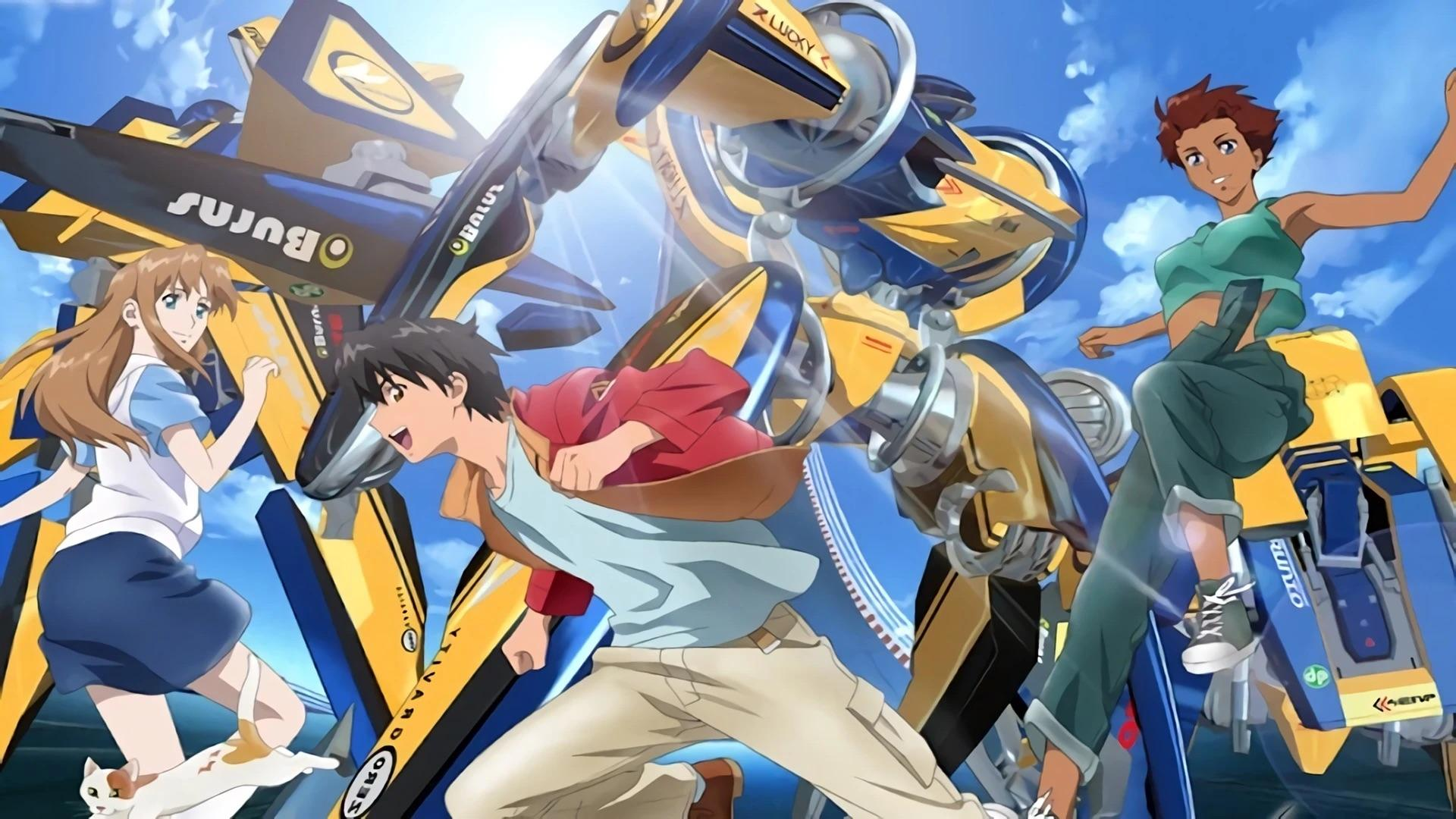
I am speed! Sports mecha isn’t very common. But when done right, it can deliver a rush just like other mecha series. Join the Immortal Grand Prix for some adrenaline-pumping races!
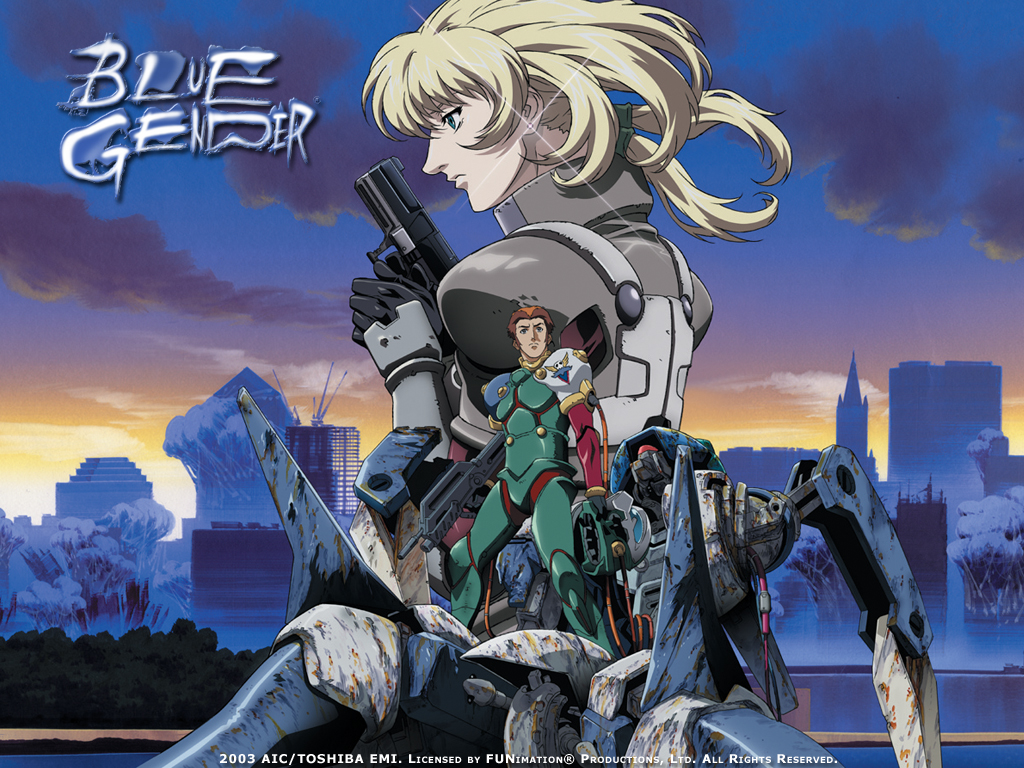
A classic premise of human versus monsters that push one’s limit to the max. But can our hero overcome that limit, or succumb to the unending fires of war.
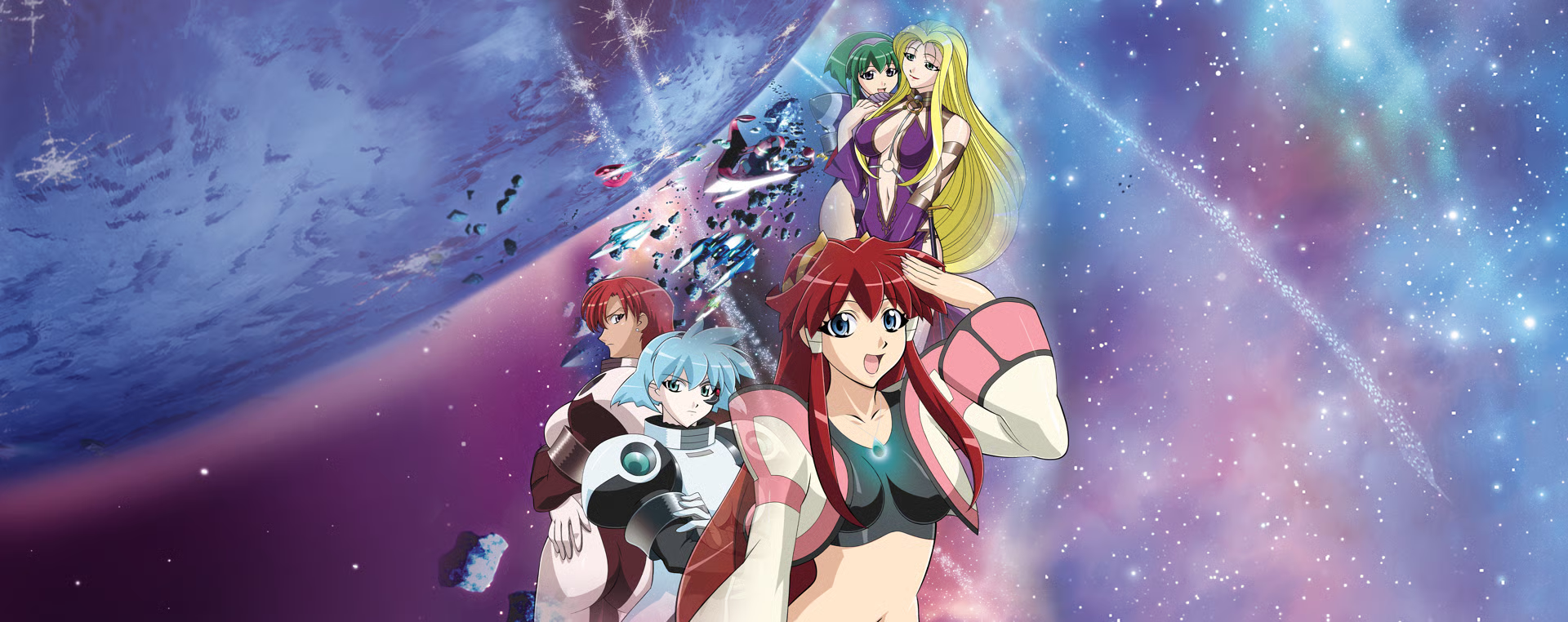
An action-filled romcom that takes place in the vast space, Vandread is a story about a society divided. For some obscure reasons, men and women are forced to live separately on different colonies, destined to never come into contact with each other. Until the day Hibiki Tokai, our teenage hormone-filled male, decided to steal a Vanguard – a mecha used for the gender war. He then got caught in an attack by female pirates and was forced to journey with them when they all got thrown through a wormhole and had to look for a…
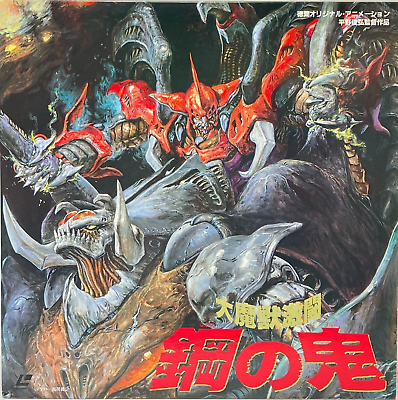
Daimajū Gekitō: Hagane no Oni (大魔獣激闘 ~鋼の鬼~, Fierce Battle of Colossal Beasts: Steel Devil) is a 1987 Japanese original video animation directed by Toshiki Hirano, with a screenplay by Shō Aikawa. Mechanical designs were handled by Kōichi Ōhata, and Masami Ōbari served as animation director. The story follows Takuya, who visits a research facility to reconnect with an old friend, uncovering their shared involvement in a mysterious experiment conducted three years earlier, in 1984.
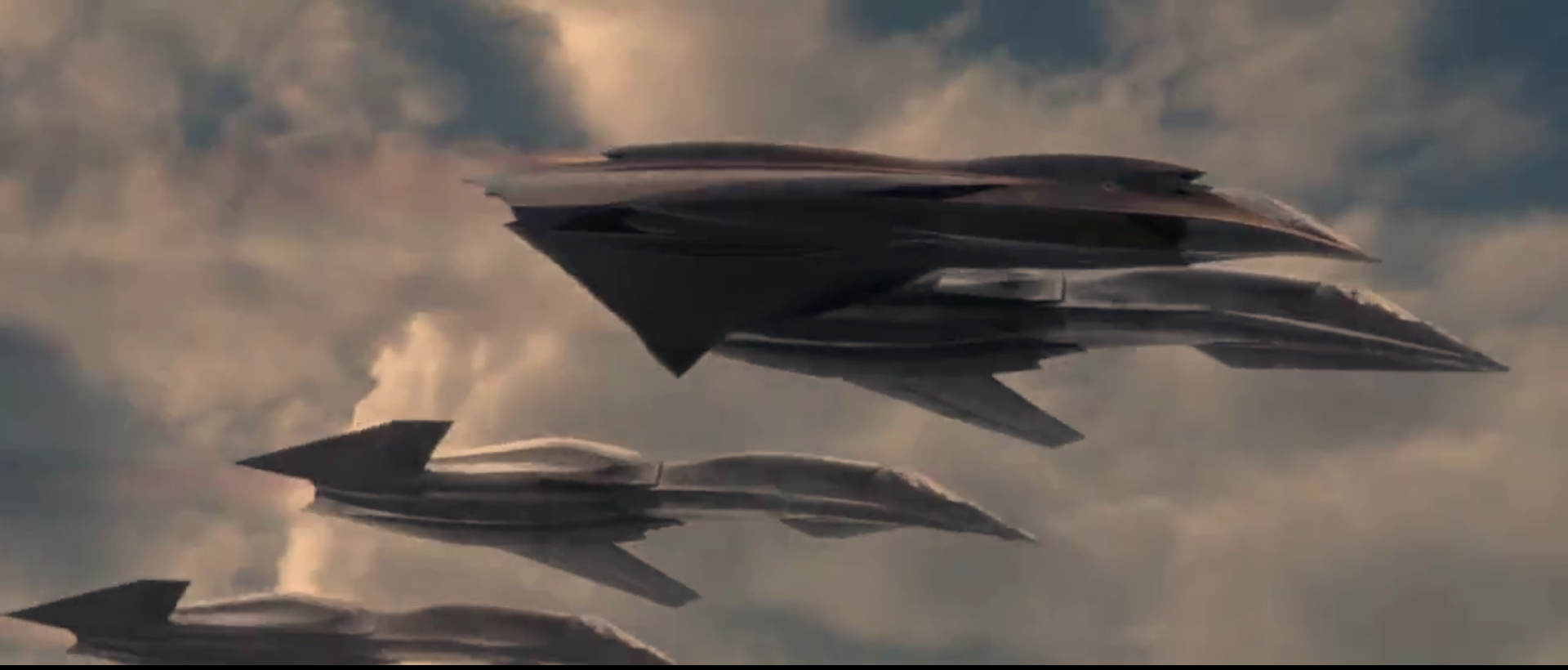
Let’s turn and burn! A movie about futuristic stealth fighter and AI-jet. Sounds familiar? This is Macross Plus live action with a sprinkle of Ace Combat and Yukikaze.
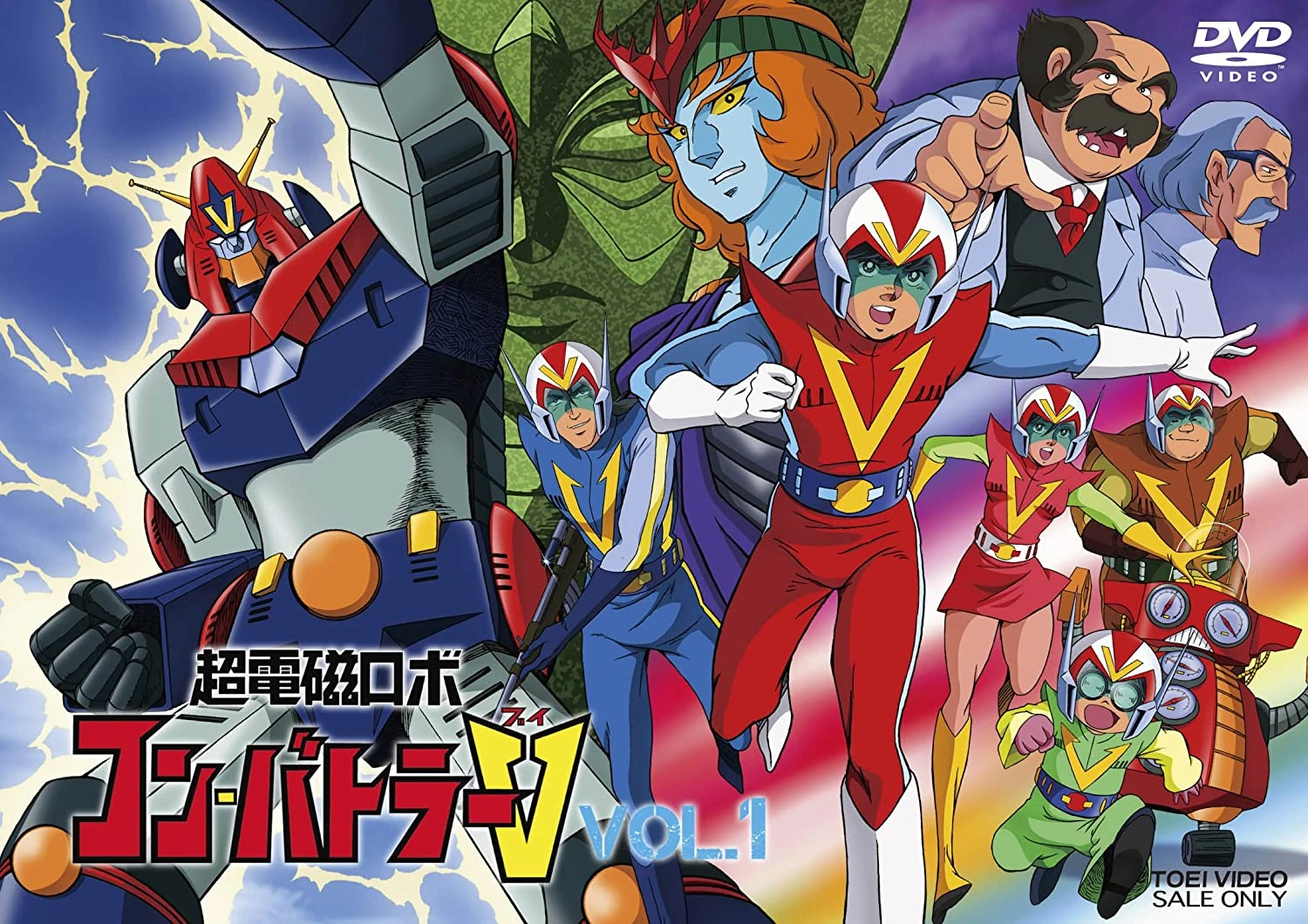
The first Super Electromagnetic robot! Combatller V combined a fast-paced Monster-of-the-week with dramatic development, taking advantage of the 5-man team format.
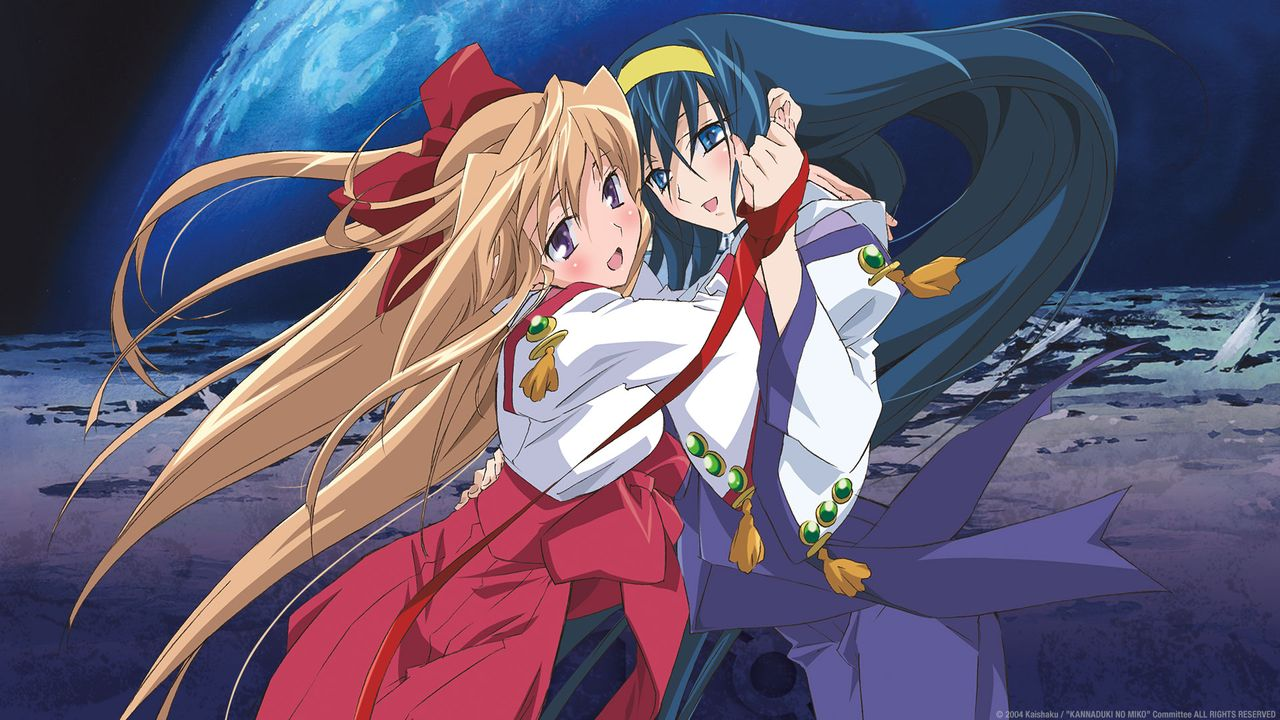
A combination between Japanese myths and mecha. An intricate relationship between 2 girls and one guy, with intense Super Robot combat in-between.
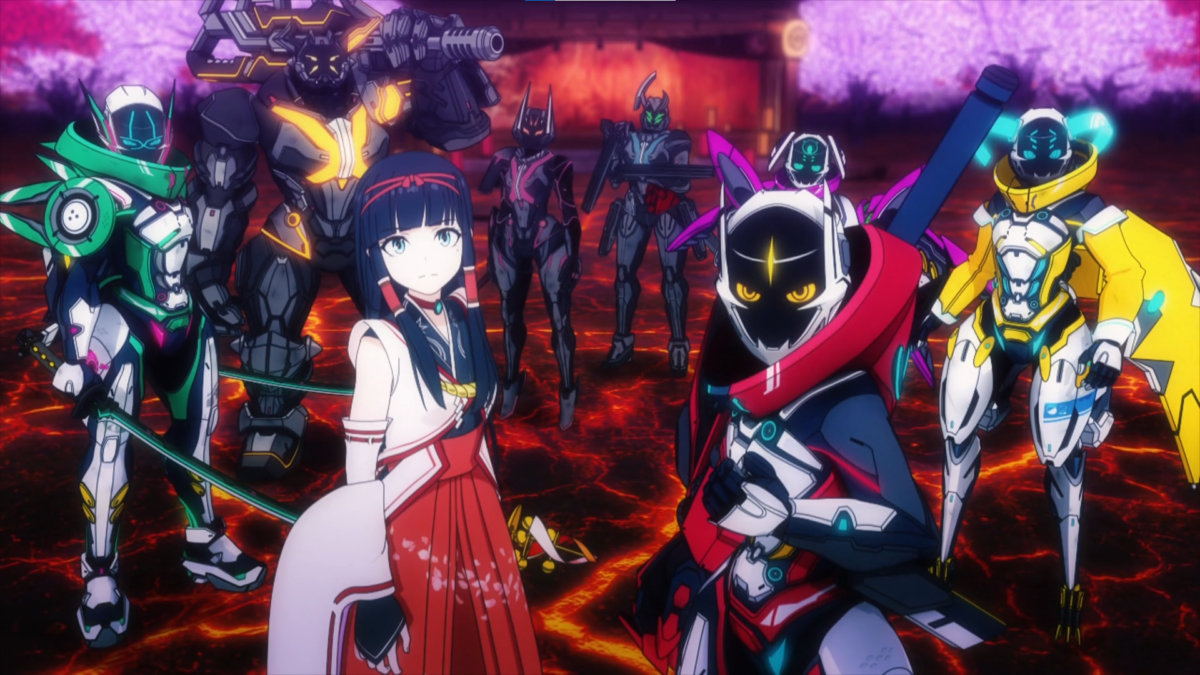
An original Toku-themed anime that is packed with action. While facing the challenges of full 3DCG animation, Shikizakura delivered an inspiring and emotional story for would-be heroes.
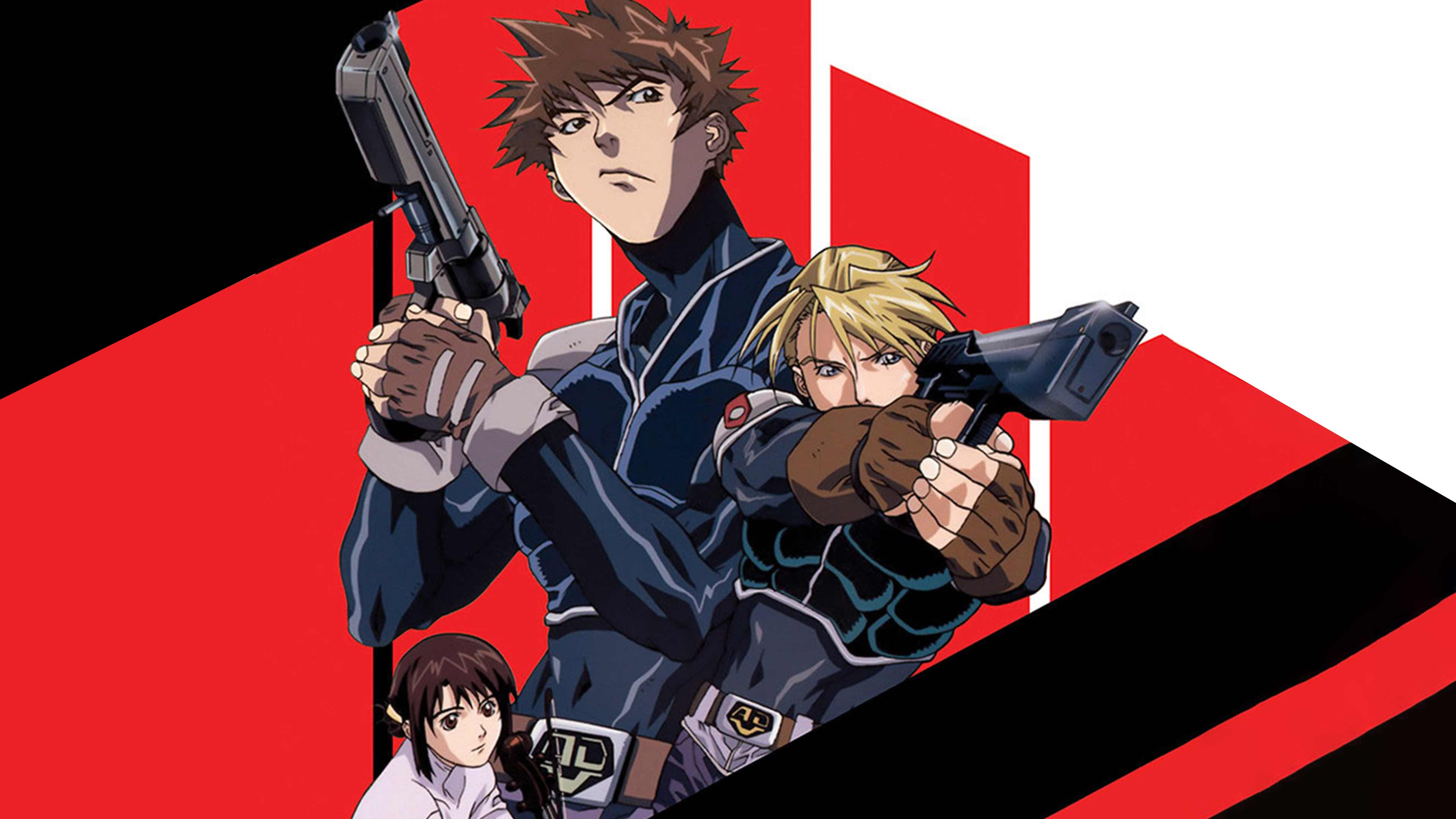
A chance to see the A.D Police from Bubblegum Crisis in honorable action. Two detectives take on cases of rampage Boomers, unraveling a sinister plot that can change the world.
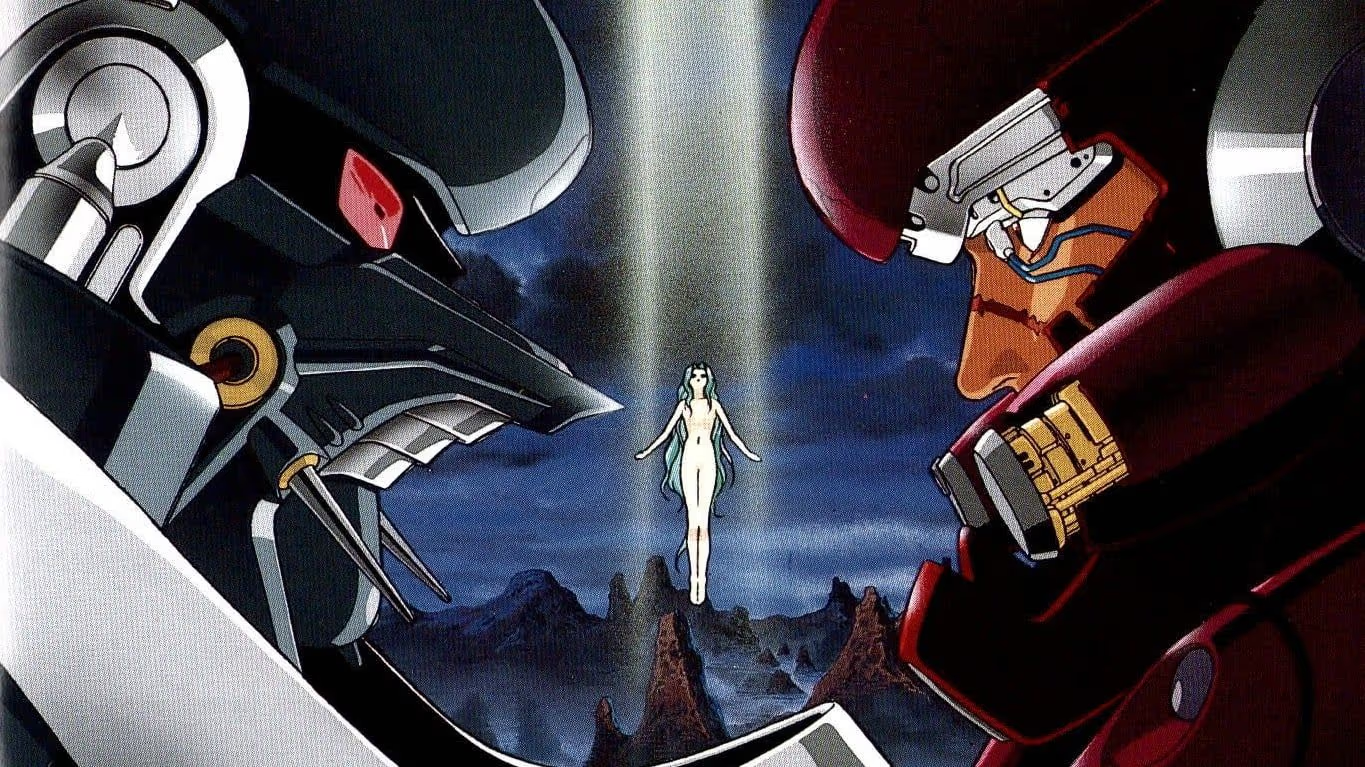
An apocalyptic tale of burning sand and monsters. A young man set out for vengeance, acquiring the usual hot chick and robot buddy on the way.
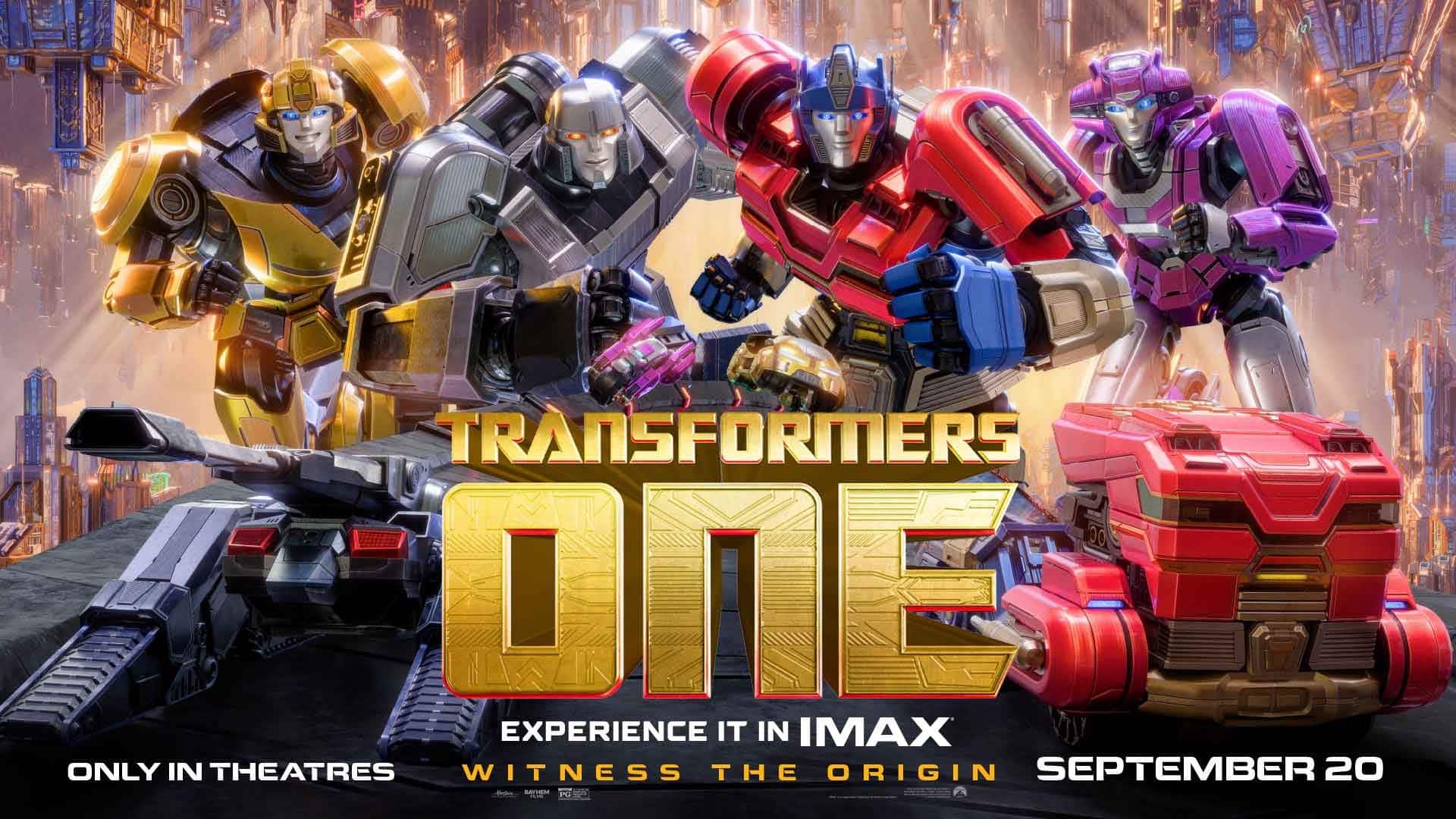
A refreshing tale about how the best of friends became sworn rivals. A vibrant, well animated movie where characters shine through their own merits, and bring a new wind to the franchise.
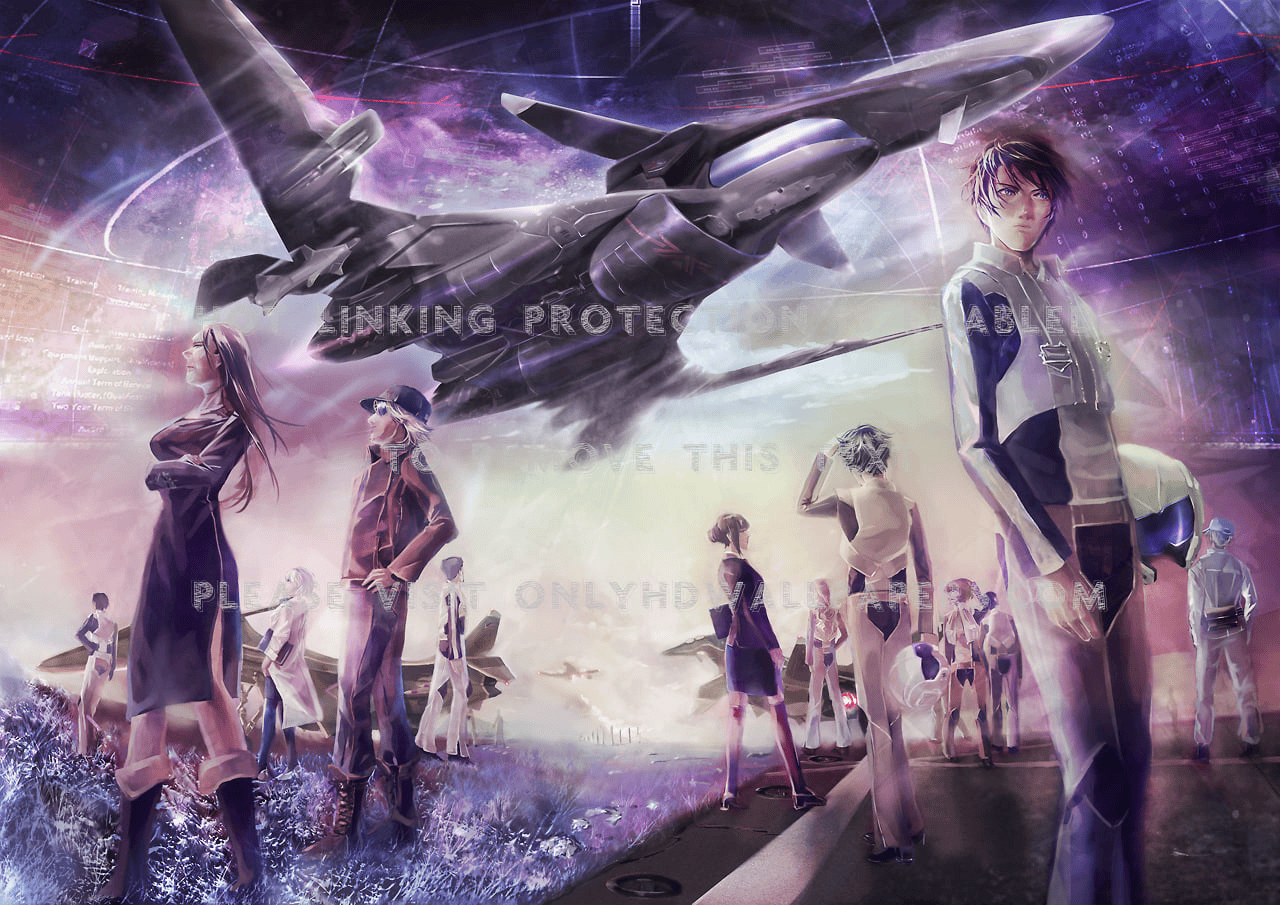
The fruit of collaboration with Japan Air Self-Defense Force, the air combat scenes of this anime is what set it apart

A futuristic world where sports are played in the most dirty way possible, a team of good-hearted robots gather to prove that good sportsmanship can prevail in any era.
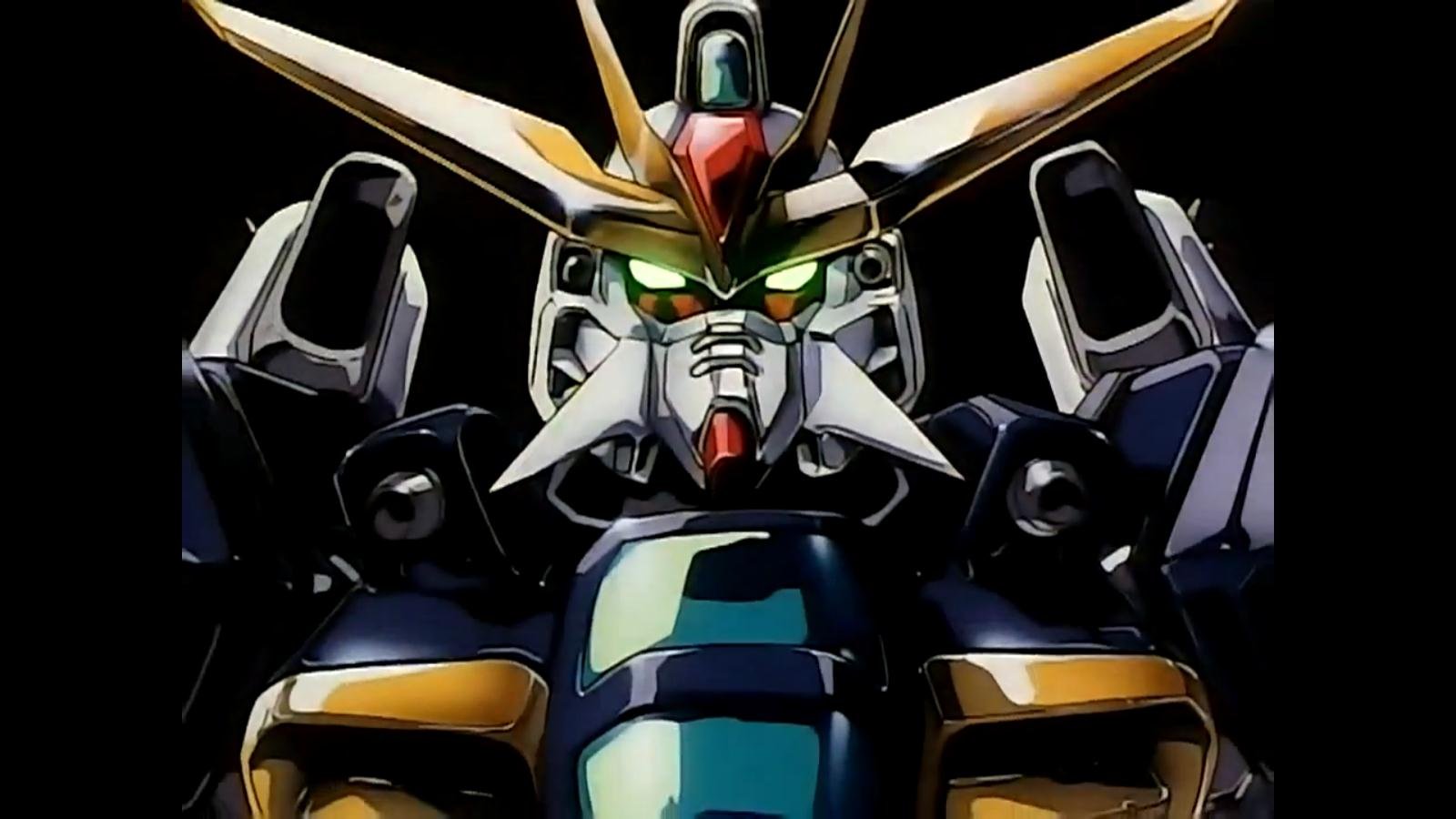
Despite often being overlooked by newer fans, After War Gundam X is a must watch for any Gundam lovers.
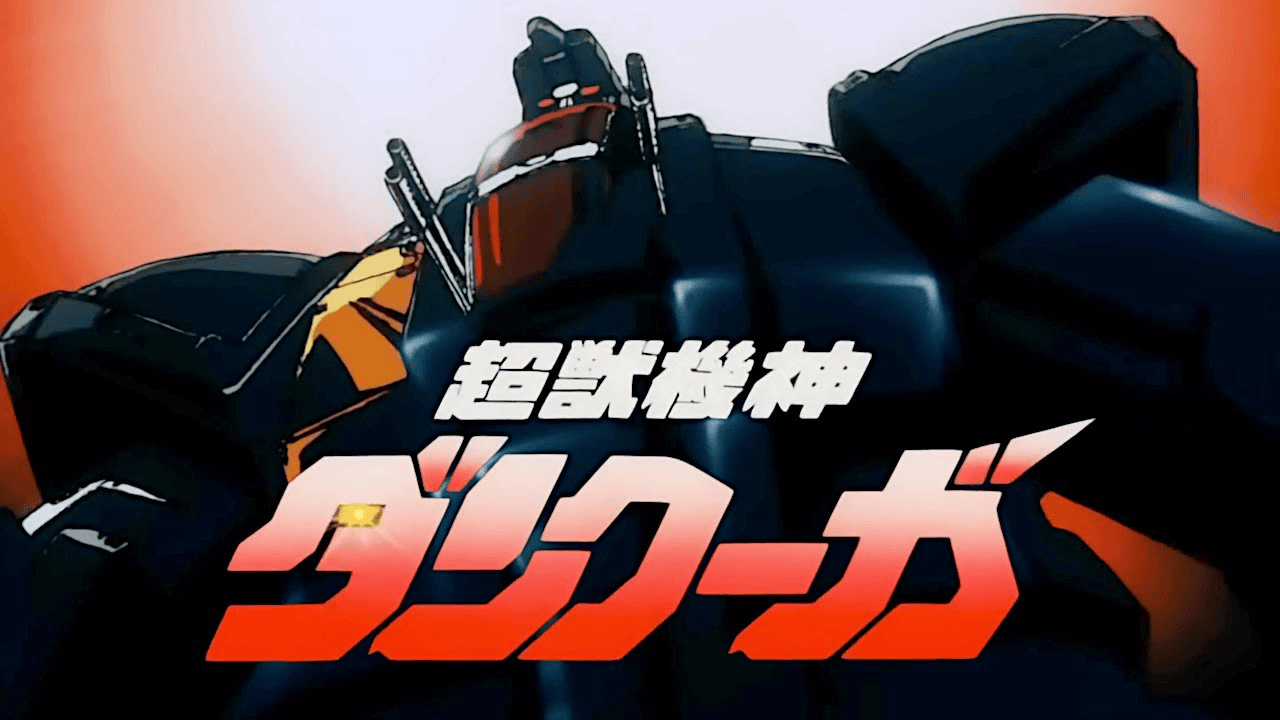
The fusion of Man and Beast and Machine. Dancouga became an iconic Super Robot that merged aspects of Super Robot with Real Robot.

Passion makes satisfaction. A group of student show what they can accomplish with a mecha short film that leaves you desperately wanting more!

The end of a legend dragged through the mud from the peak of success. Studio Gainax is a regrettable case where high execs ruin a respectable legacy.
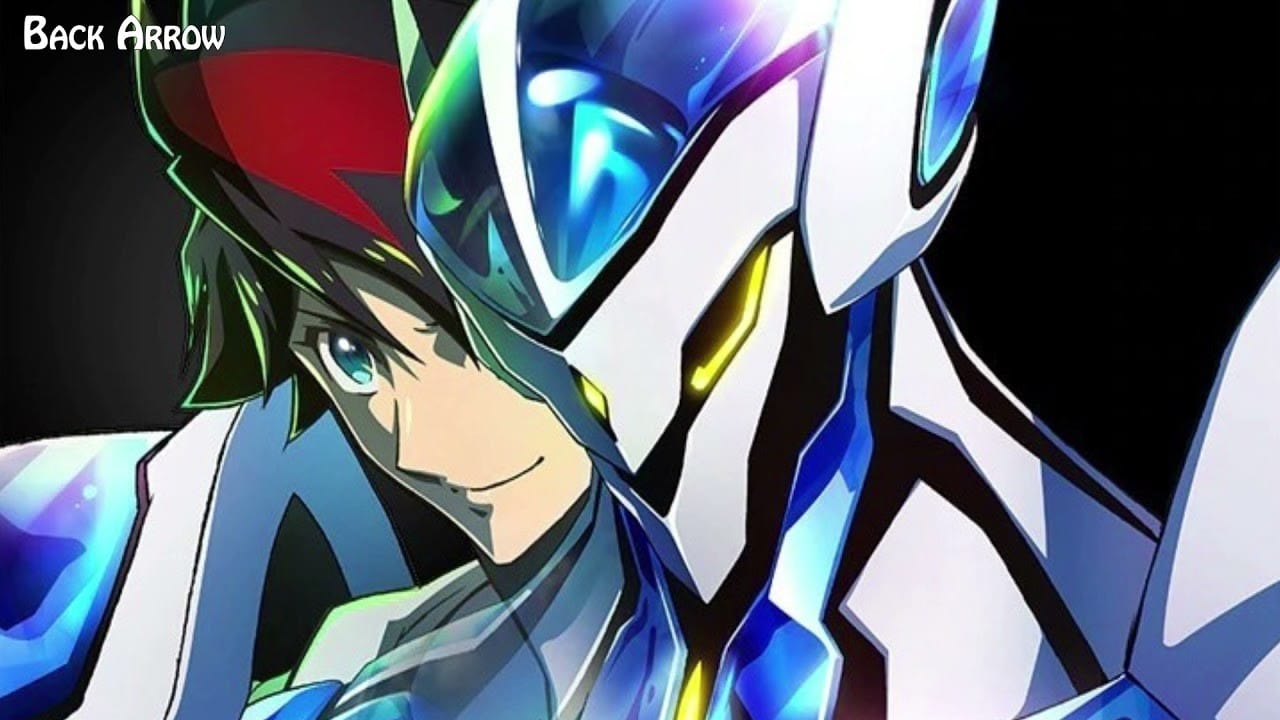
A man thrown into a stranger world naked ended up fighting against god. What more could you ask from a mecha show? Eh…maybe better writing?
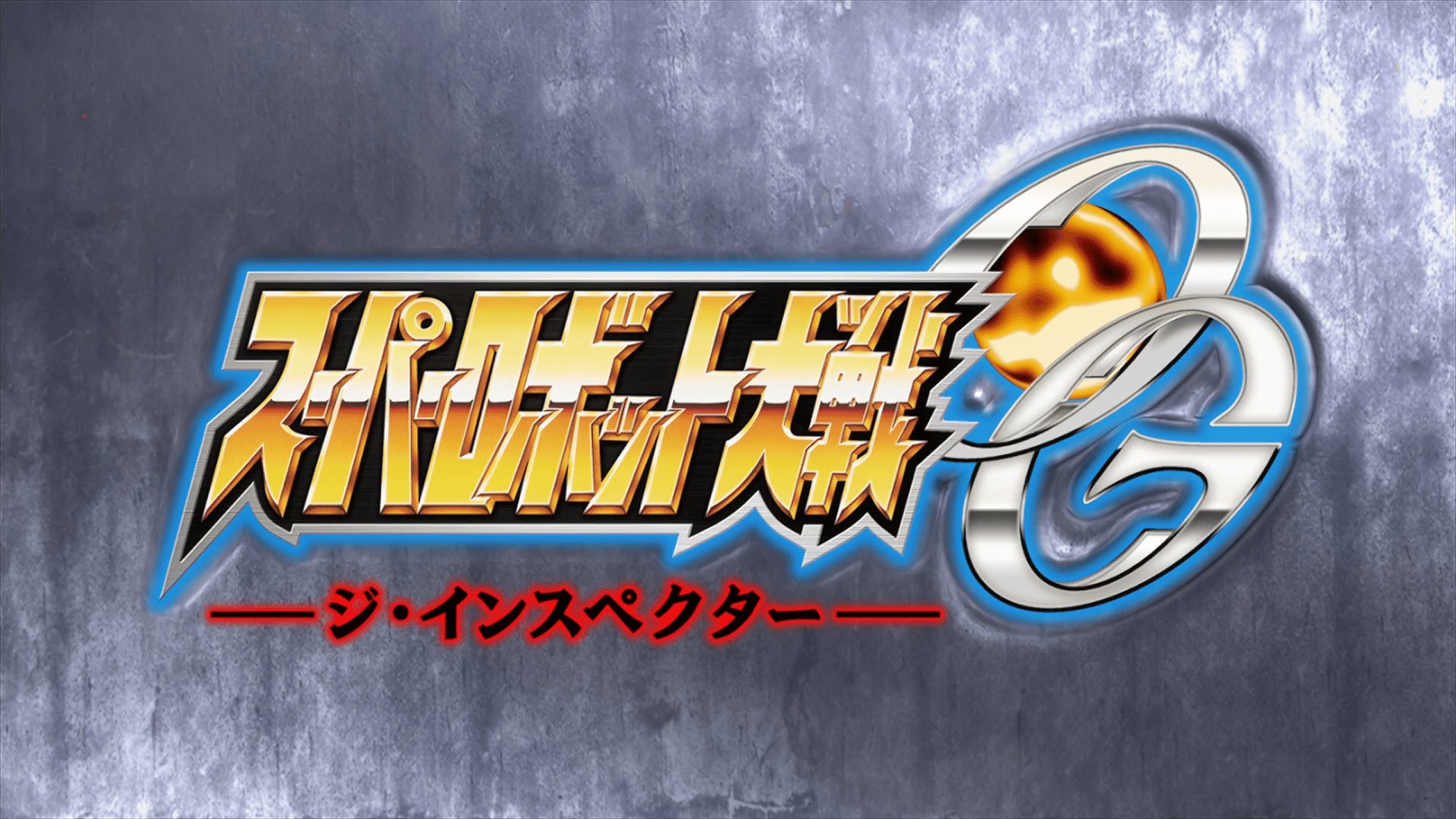
With utmost love for the Super Robot Wars series, Obari crafted one of the most prominent Mecha anime of modern generation.
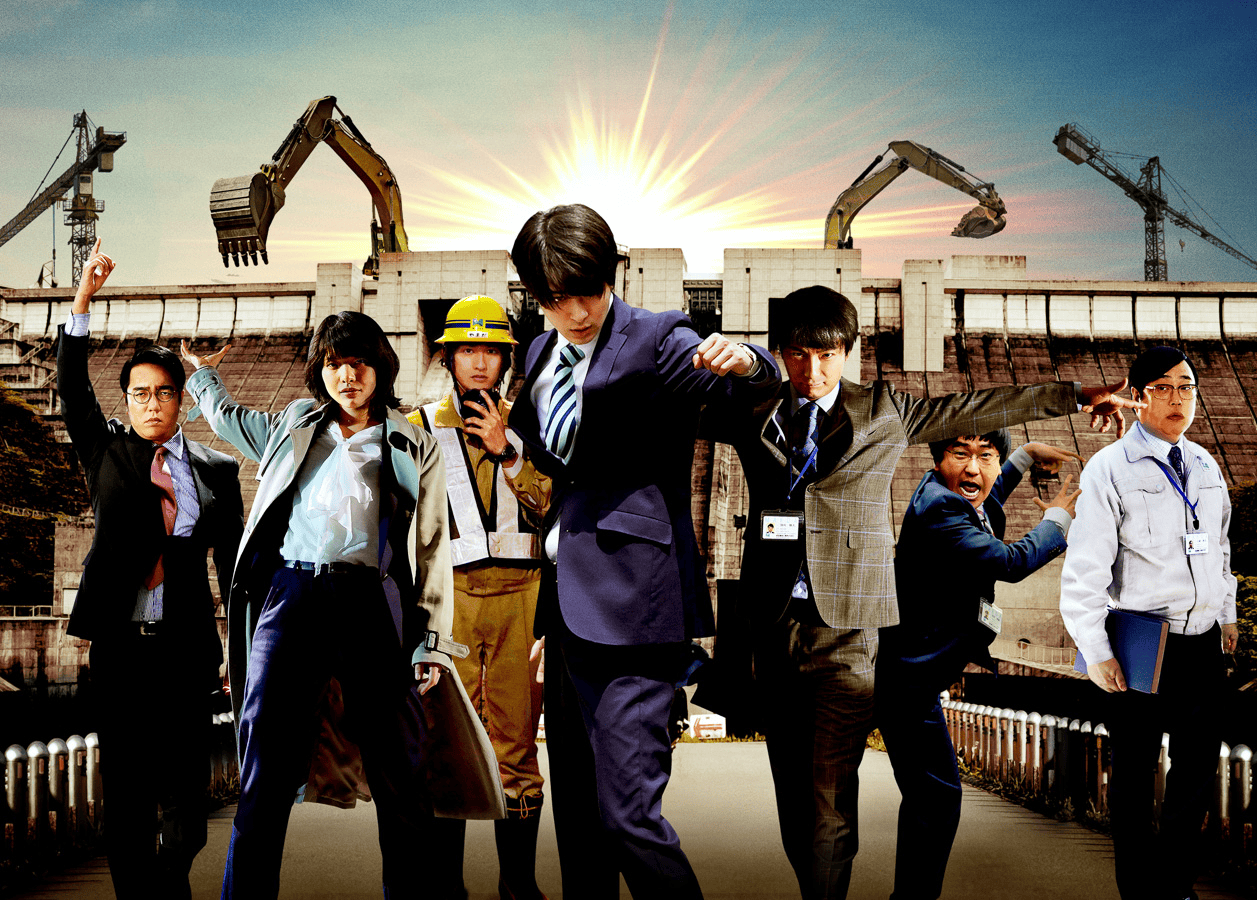
A seemingly impossible task of building Mazinger Z hangar in real life. A ragtag team of a planning company assembled the Fantasy Division to turn fiction into reality.

A light-hearted series that turned into intense space opera. The Girl Who Leapt Through Space leaps through many genre to deliver a unique experience and turn everyone’s expectation upside down.

A desolate planet now submerged in liquid. A totally unique and fresh mecha series where all the robots are underwater. Oh and there’s also a talking whale.
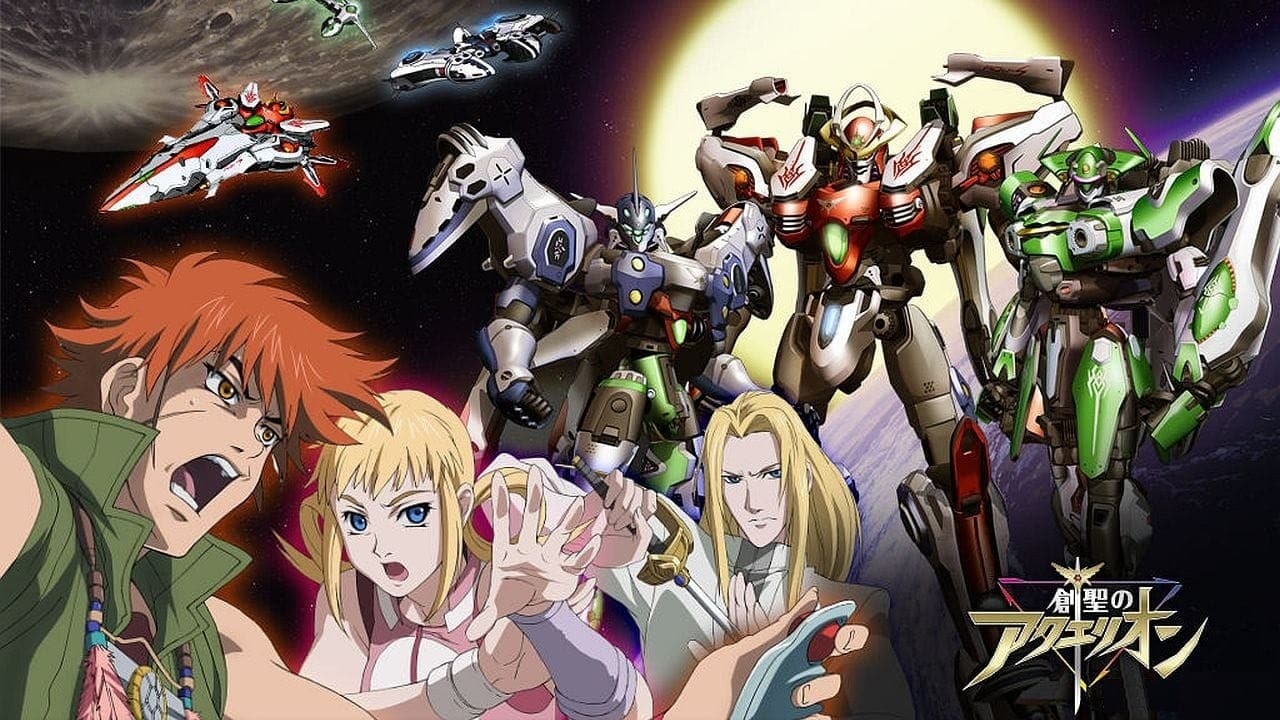
A love story that spans through 12000 years. The war between Angels and humans fueled by passionate emotions. Shoji Kawamori shows us why he’s the master of the sky.
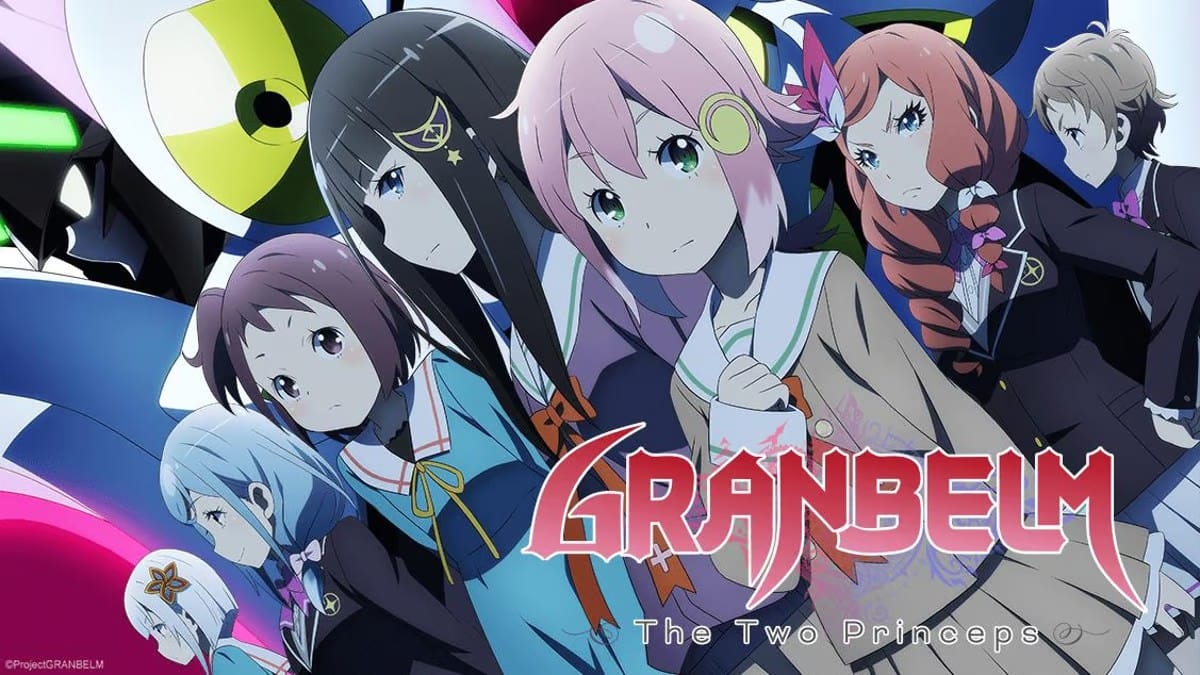
What happens if we mix Mahou Shoujo, Mecha and Battle Royale into one? We get Granbelm – an emotional story about the lives of young girls entangled in an ancient war.
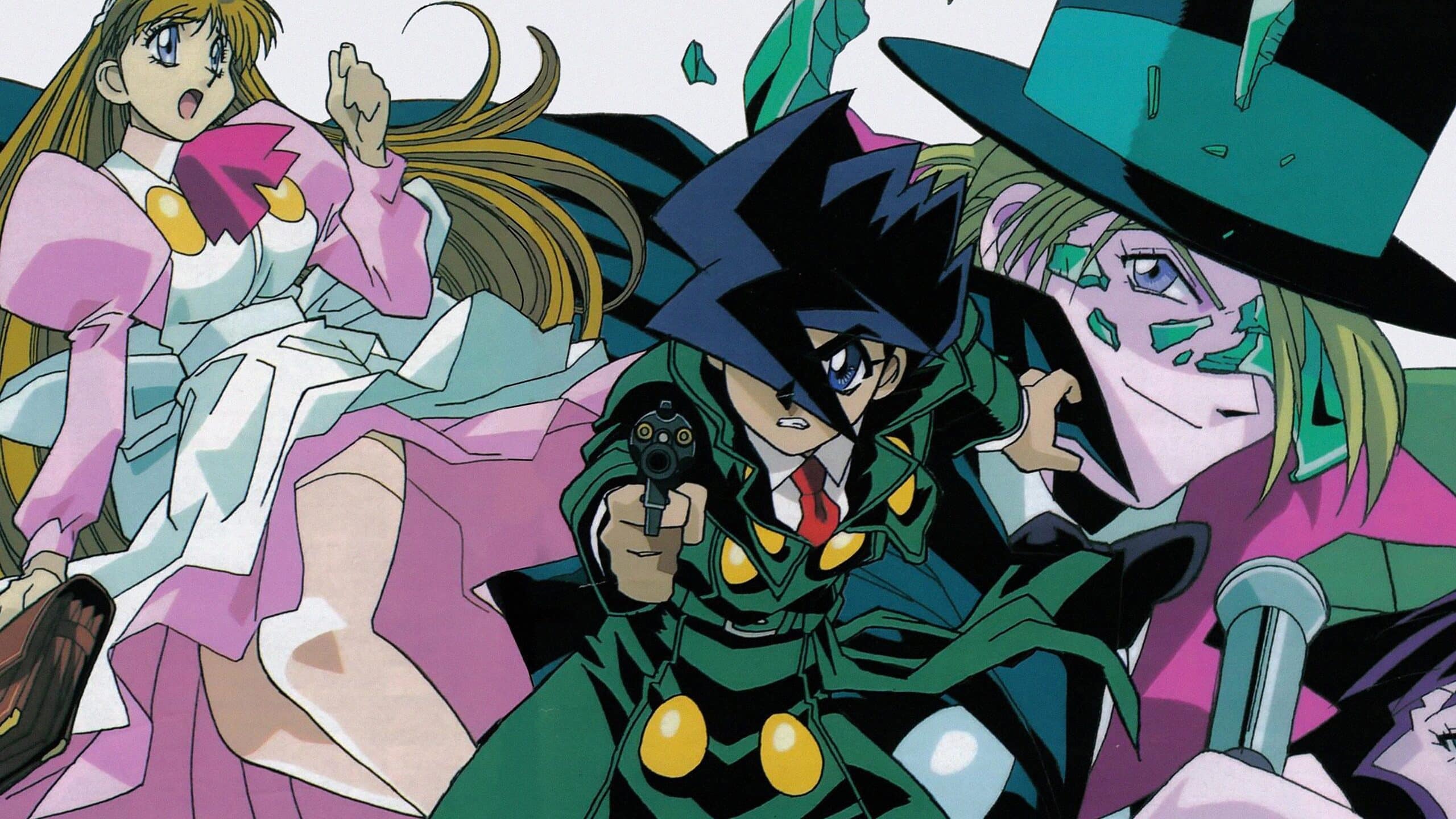
In the city of smoke and steam, a young kid works as a detective alongside his nurse and butler to protect the peace. An old classic for fans of the steampunk style.

The 2nd season of the lovely Mass-Produced Riko series. Join Riko and co as they embark on an all new venture, while drawing interesting lesson from building plastic models.
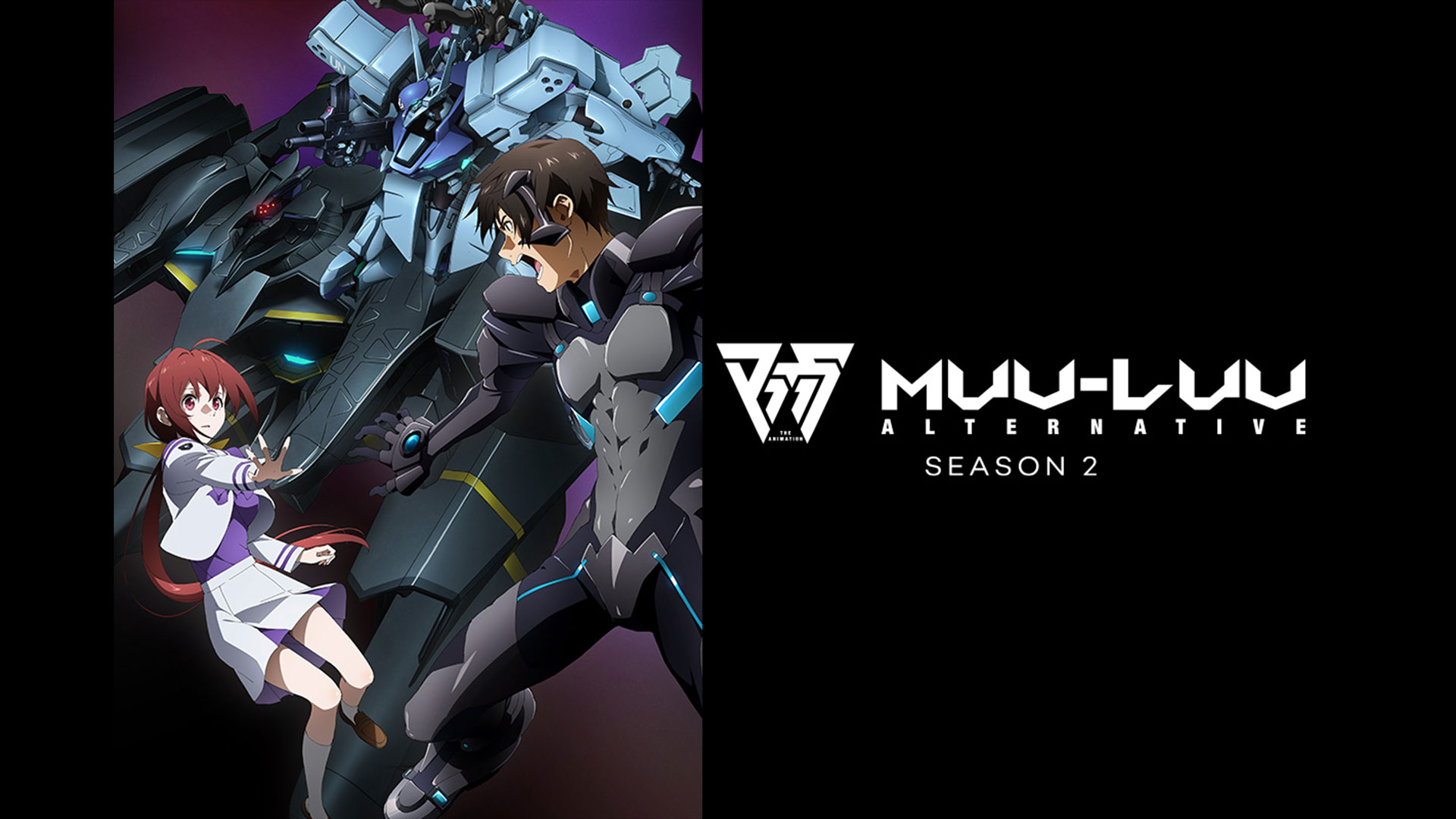
The long-awaited continuation of the mecha isekai of pain. Season 2 of Muv-Luv Alternative is definitely trying to woo you by slamming intense scenes at you – but is it worth it?

One of the most difficult to adapt Mecha series, Muv-Luv Alternative anime started off with a questionable season, but you should still check it out.

A remake of another Tatsunoko hero. The Space Knight returns with a completely new story, design and brings us on an emotional journey of a tragic hero.
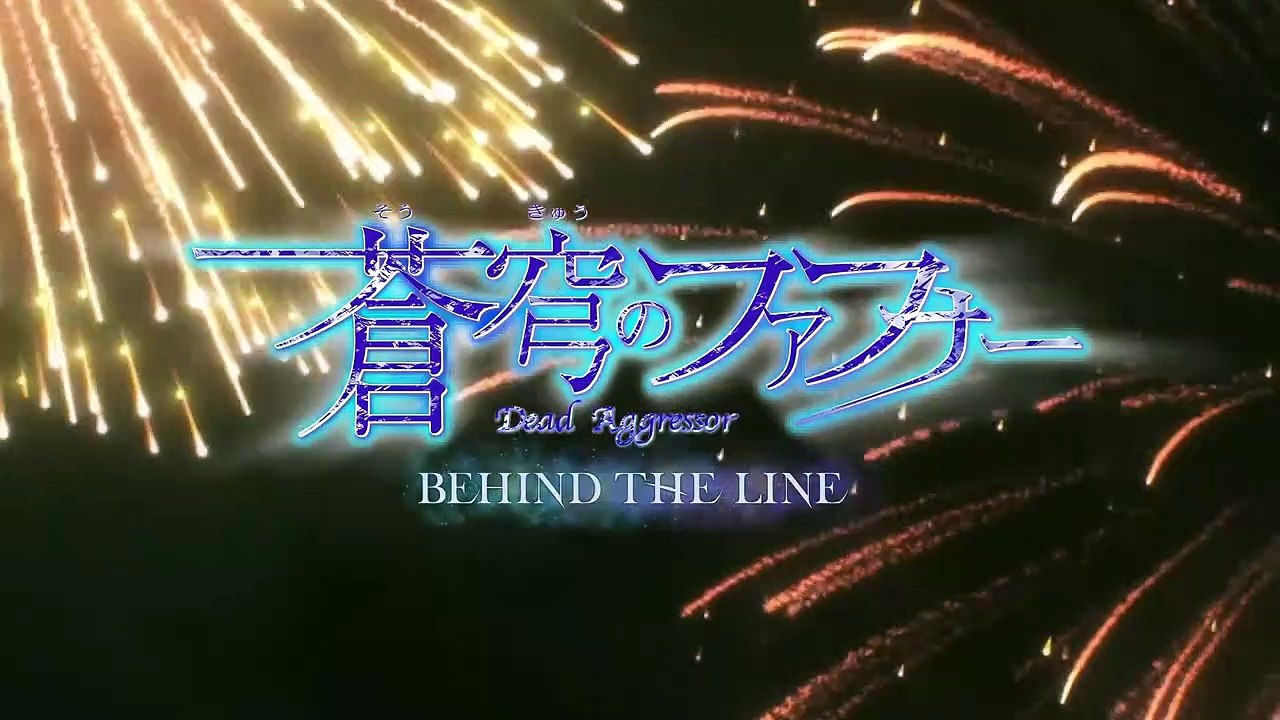
An OVA that took place between the movie and Exodus, Behind The Line shows us how the characters mature throughout the season, with a hint of retrospective nostalgia.
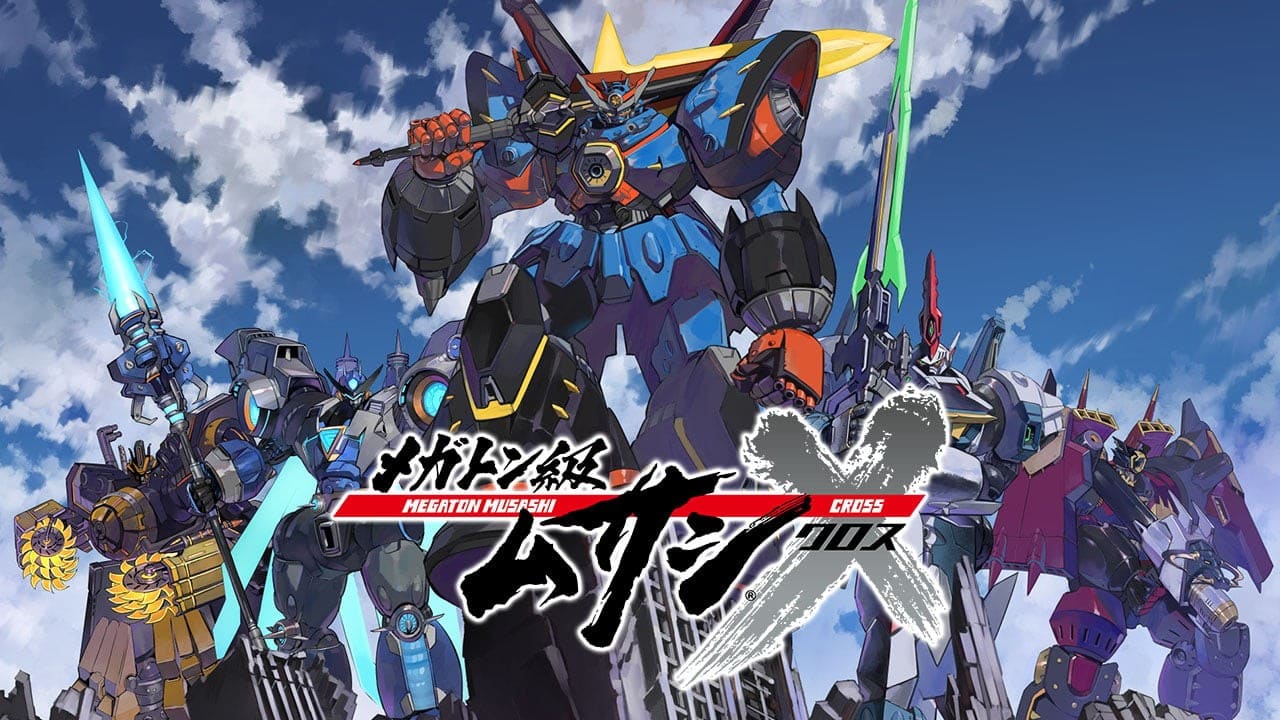
The continuation of the hot-blooded saga, this time filled with emotional drama and even more badass action. A great video game adaptation but not without flaws.
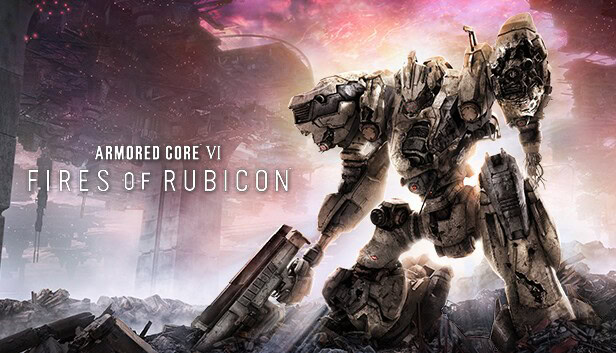
The long awaited legend’s return that satisfy all mecha fan’s longing for a good game. Armored Core 6: Fires of Rubicon is an experience you have to play to believe.
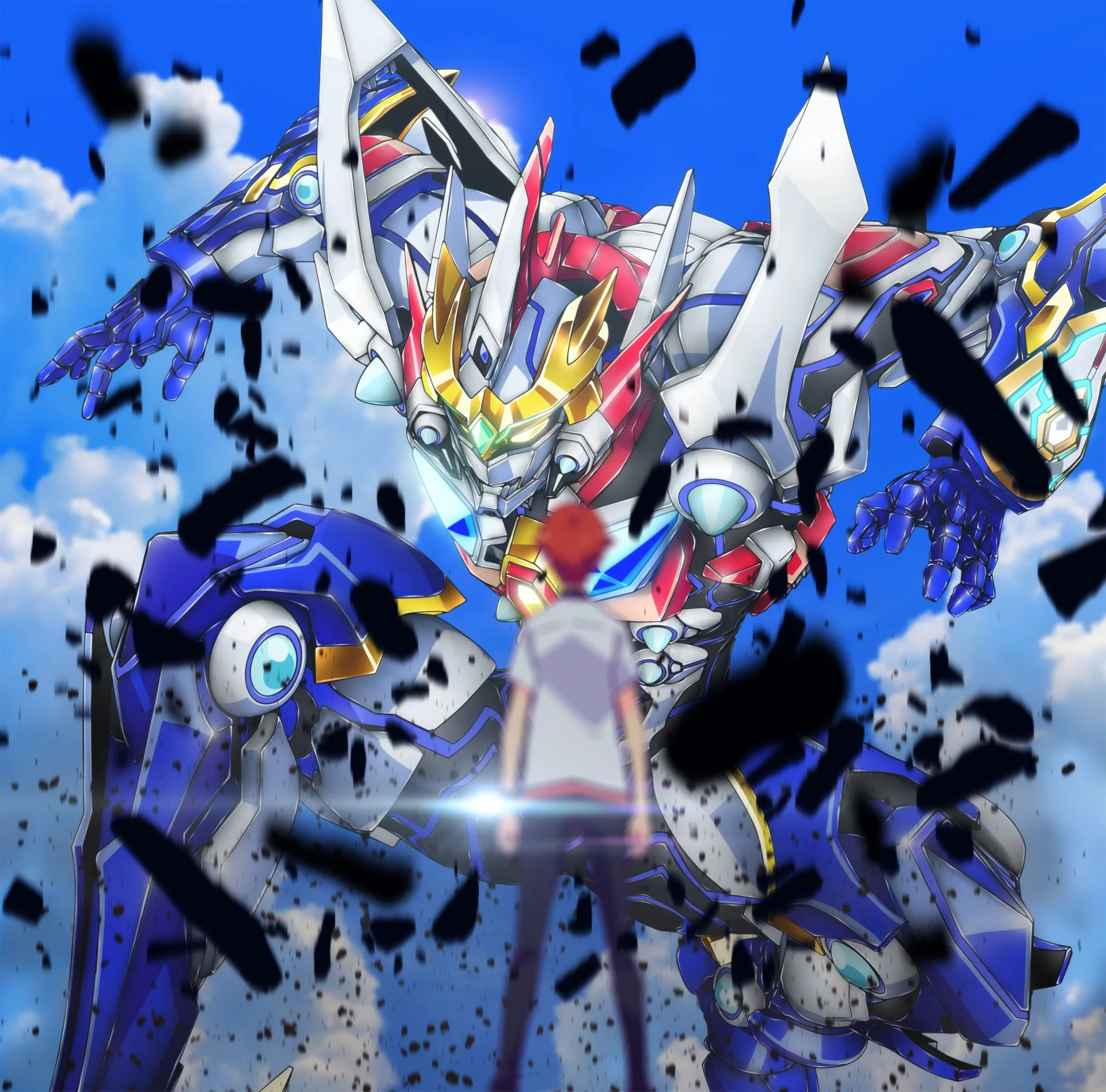
Universes collide as the cast of Gridman and Dynazenon is caught in a dimensional anomaly. But what’s more troubled is Yuuta – who has to become Gridman again with a troubled heart.
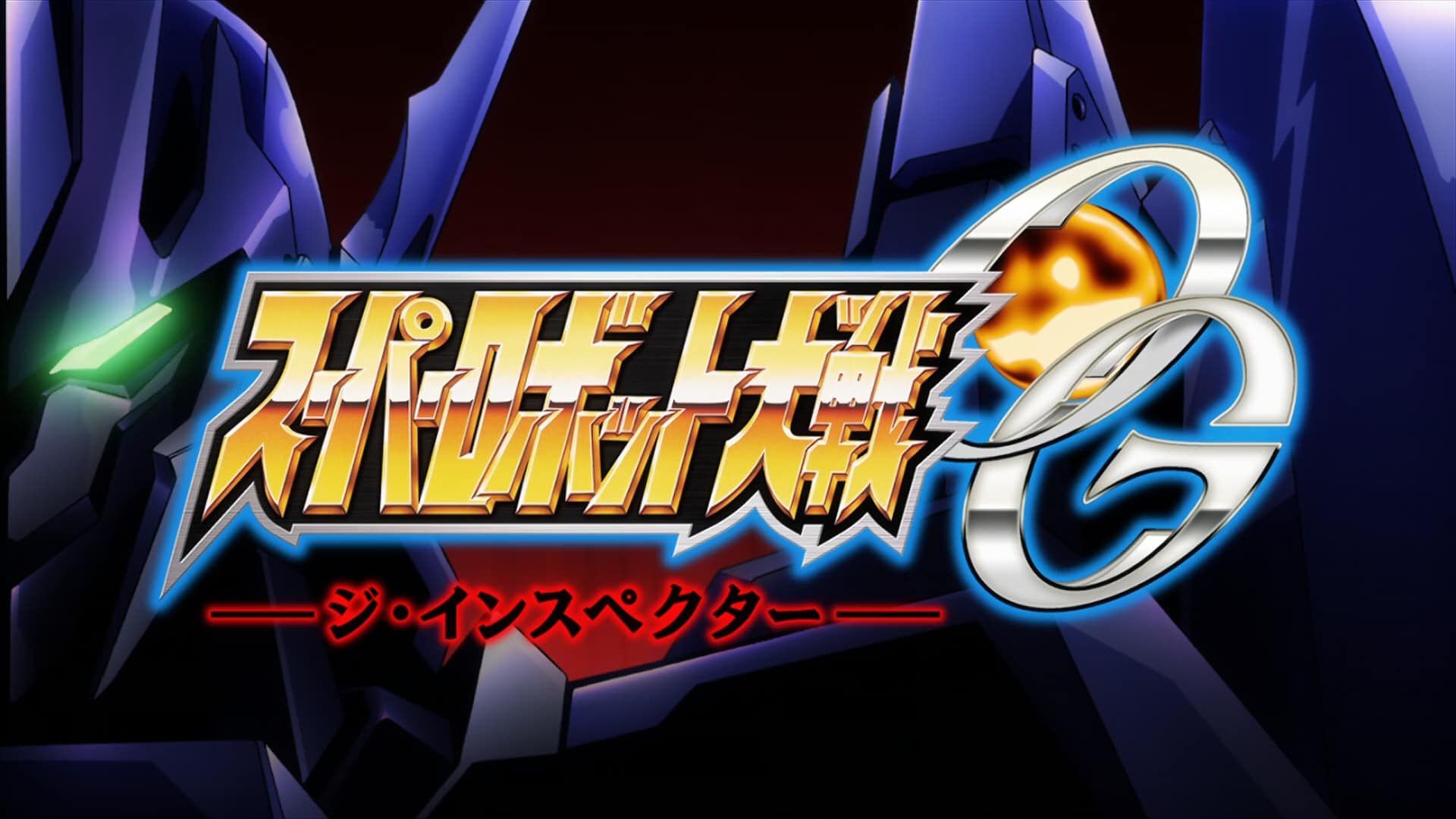
When you talk about the most badass mecha, you have to mention SRW OG and Masami Obari. And when these two combine, you get the best SRW anime of all time.
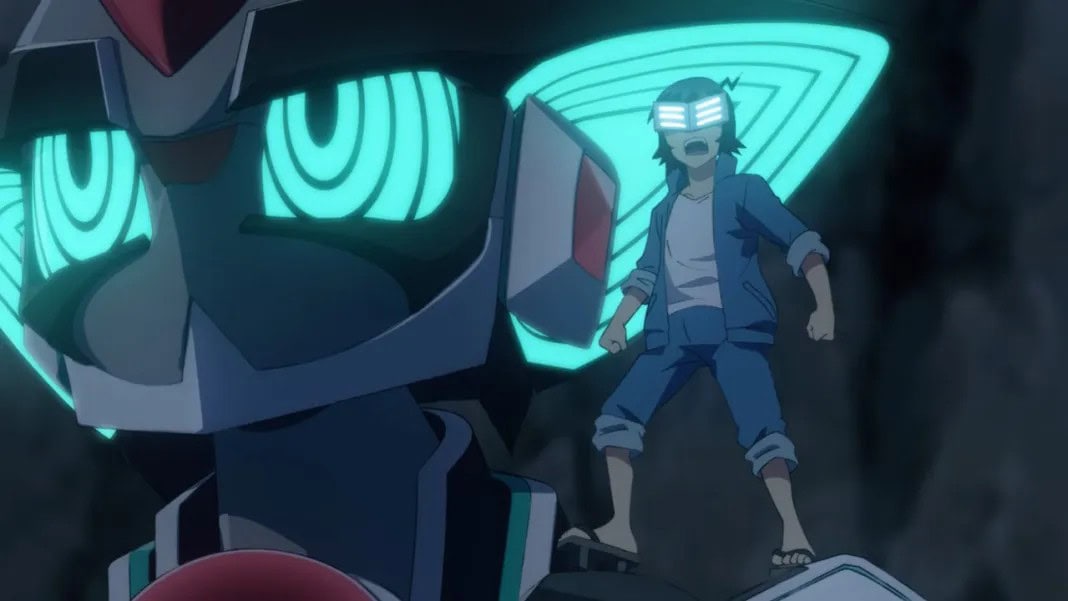
A unique series where the true pacifism versus justice. A bold premise and interesting gimmick make Planet With a very selective series in terms of audience – but it definitely deserves a chance.
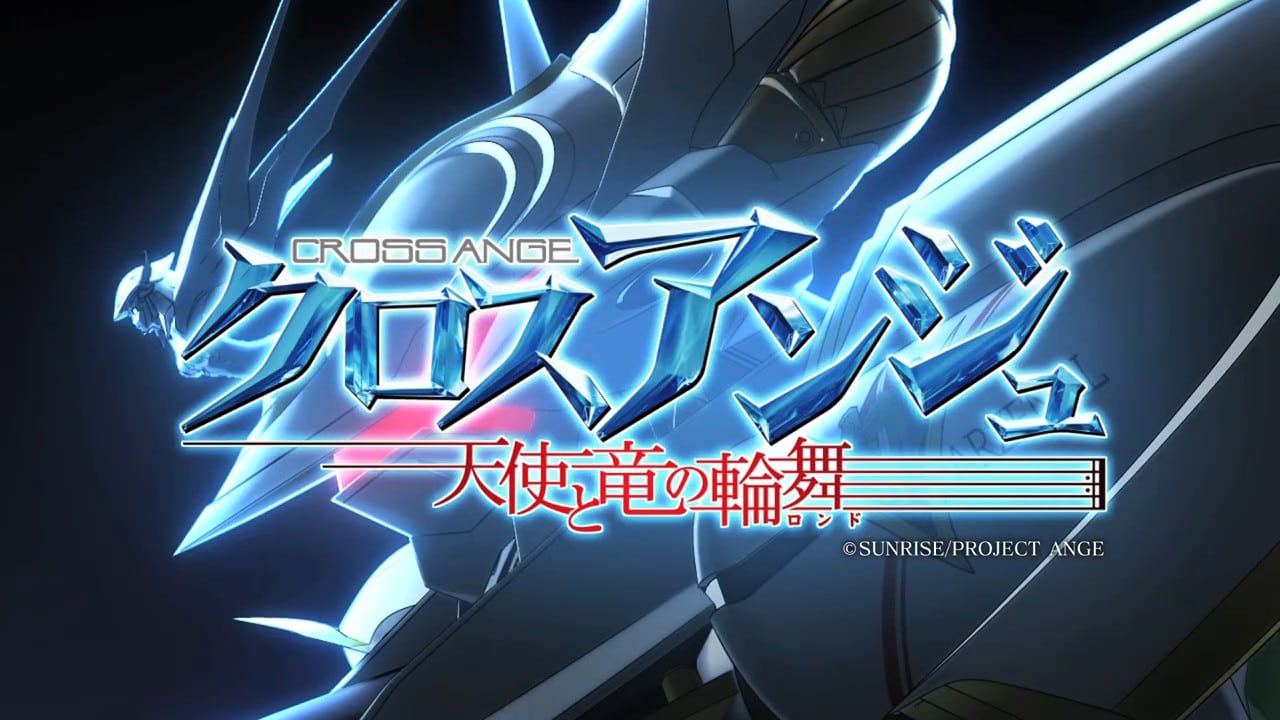
From the studio that created Buddy Complex and Valvrave, Cross Ange is another Sunrise’s original that challenges the limit of its audience once more .
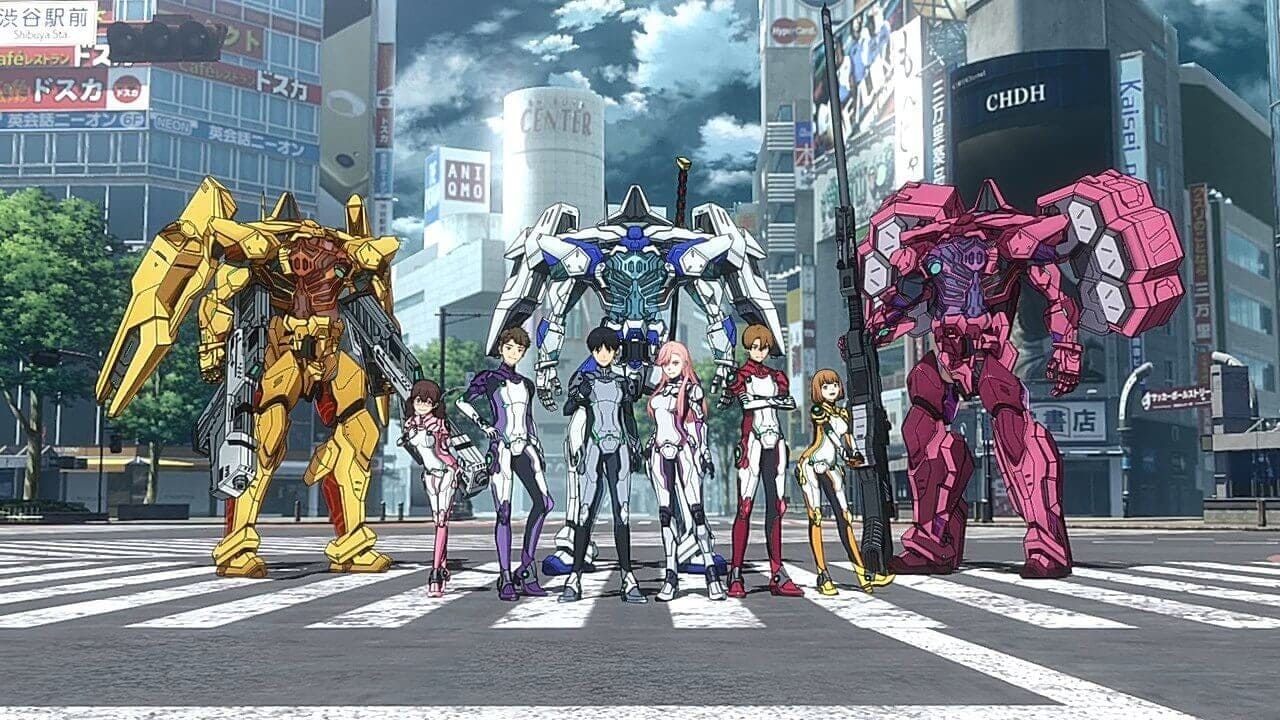
What will you do if you’re teleported to a time with giant grotesque monsters? For teenage student Daisuke Doujima, it’s a perfect chance for him to become a hero, and a saviour. But can he?
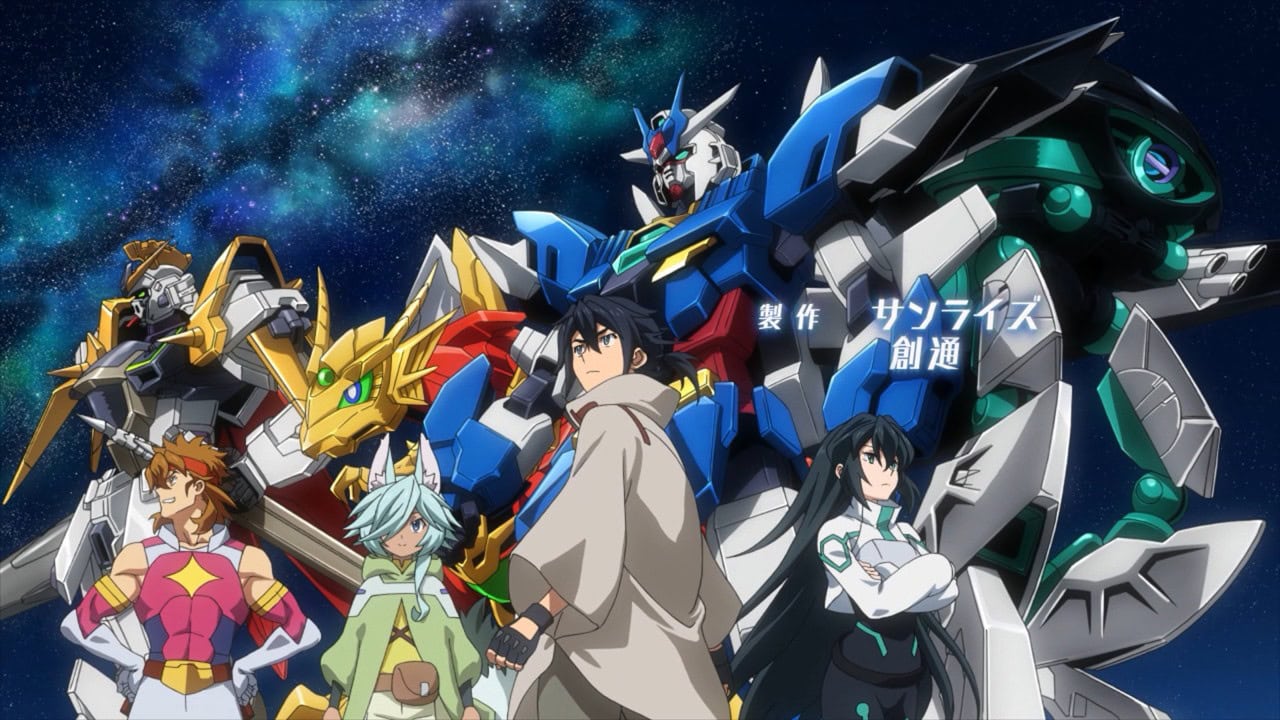
After 2 lukewarm series, Gundam Build rose to form again with Re:Rise. A story with deep characterization for a diverse and likeable cast and awesome Obari action.

Time to go digital! Build series is going full SAO and virtual with Build Divers – a light-hearted series and fun to enjoy without the need to complicate things.
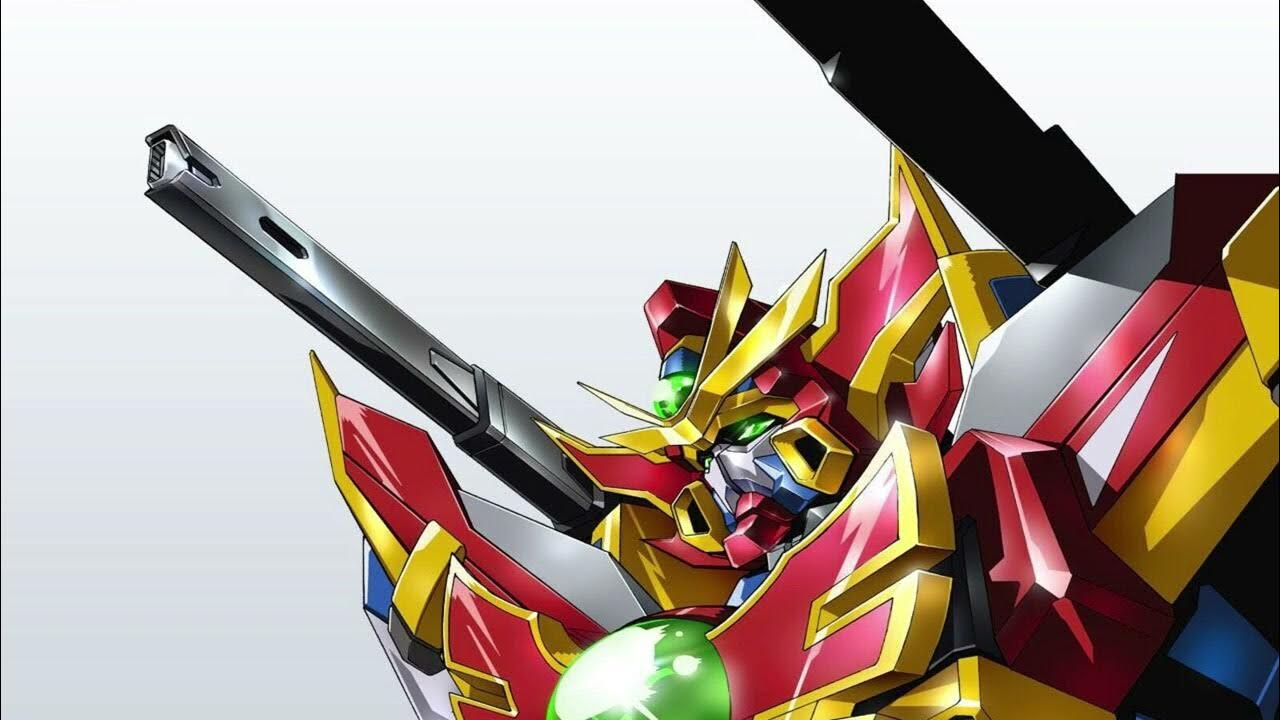
The Super Graviton God is back! And this time the threat just got more vile. But Gravion also receive an upgrade…in true Obari fashion. Let’s see how the sequel holds up!

Following GBF, Sunrise wanted to capture the magic with TRY. However, they fell just short of greatness but still create a series with amazing Gunpla battles.
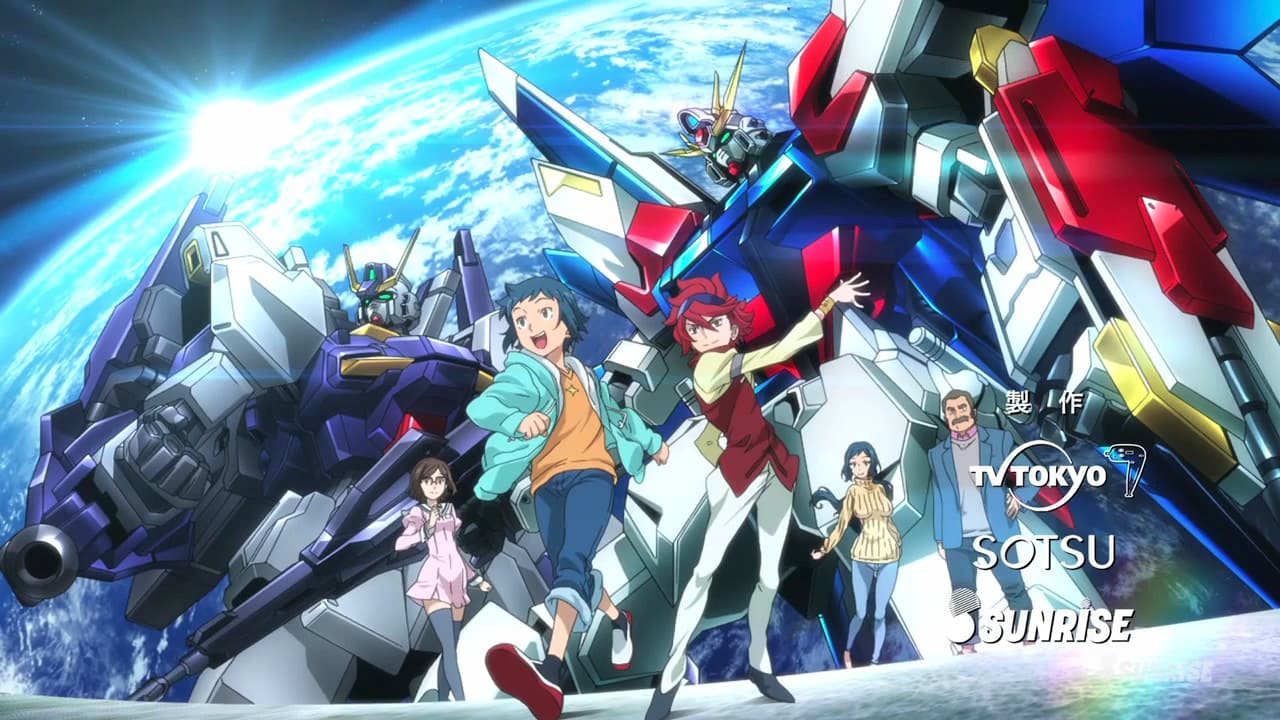
A hobby turned combat sport. Sunrise’s effort to attract new fans turned into a compelling series with gorgeous battles featuring iconic MS from the franchise.

The first animated Build series, Beginning G opened up new venues and excitement for the hobby, with light-hearted yet intense traditional MS battle.
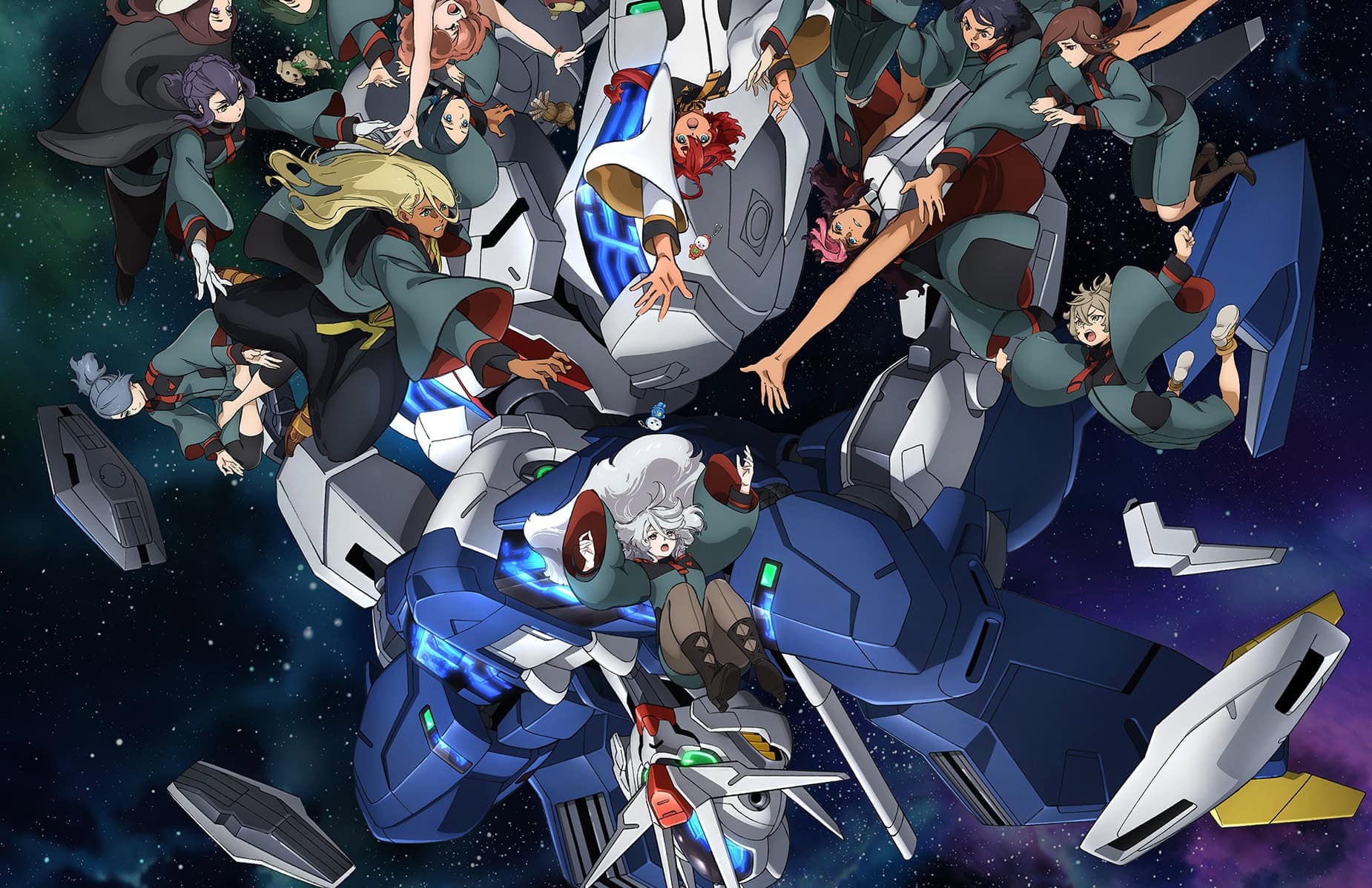
The shortest tv series Gundam ever, but was one of the most popular. G-Witch put Gundam back on the mainstream map, but do fans love it like non-fans do? The answer is quite divisive!
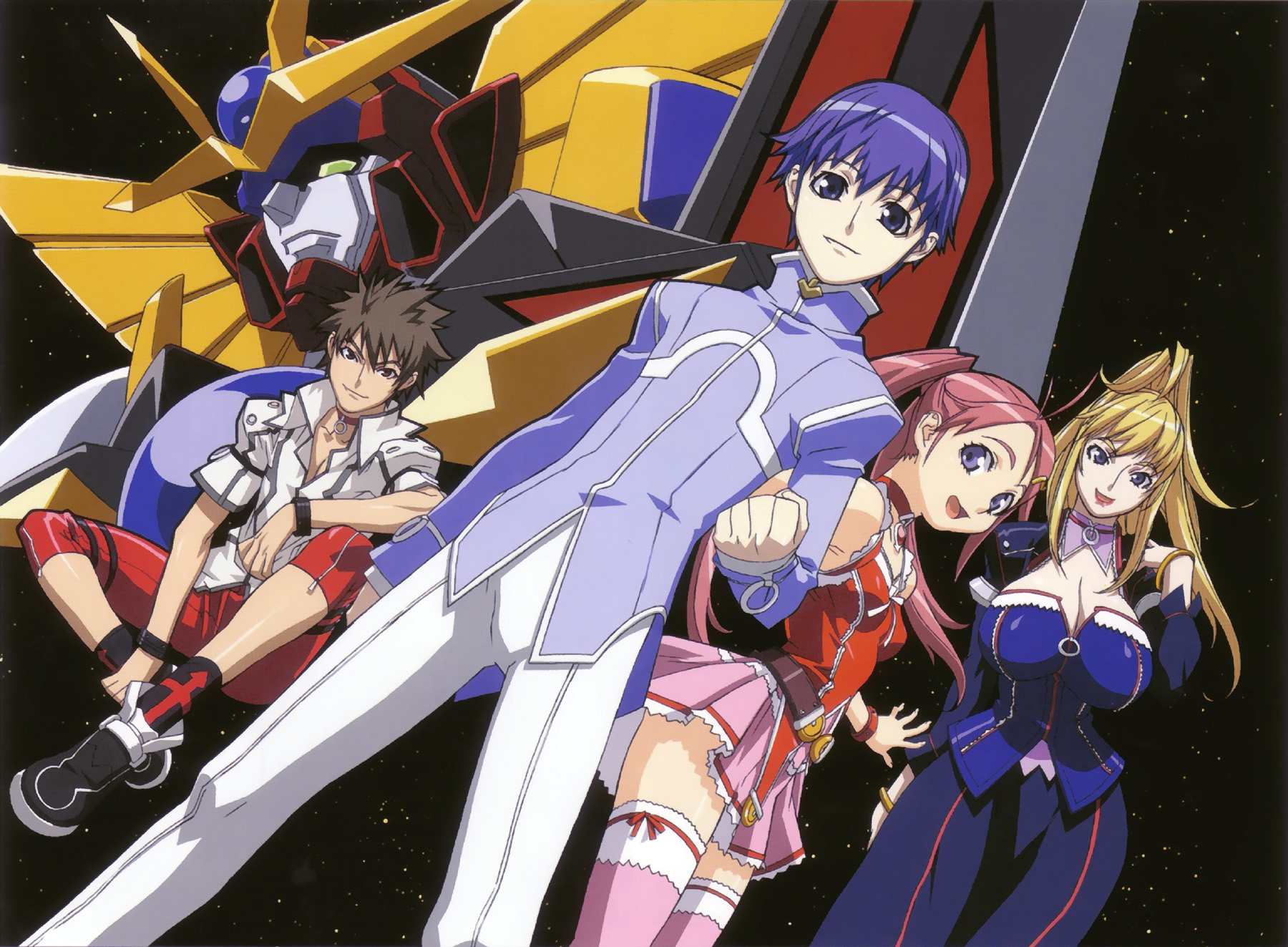
A heavy-weight in Masami Obari’s repertoire. Choujuushin Gravion is average in production quality, yet it is imbued with the spirit of the most badass over-the-top director of all time.
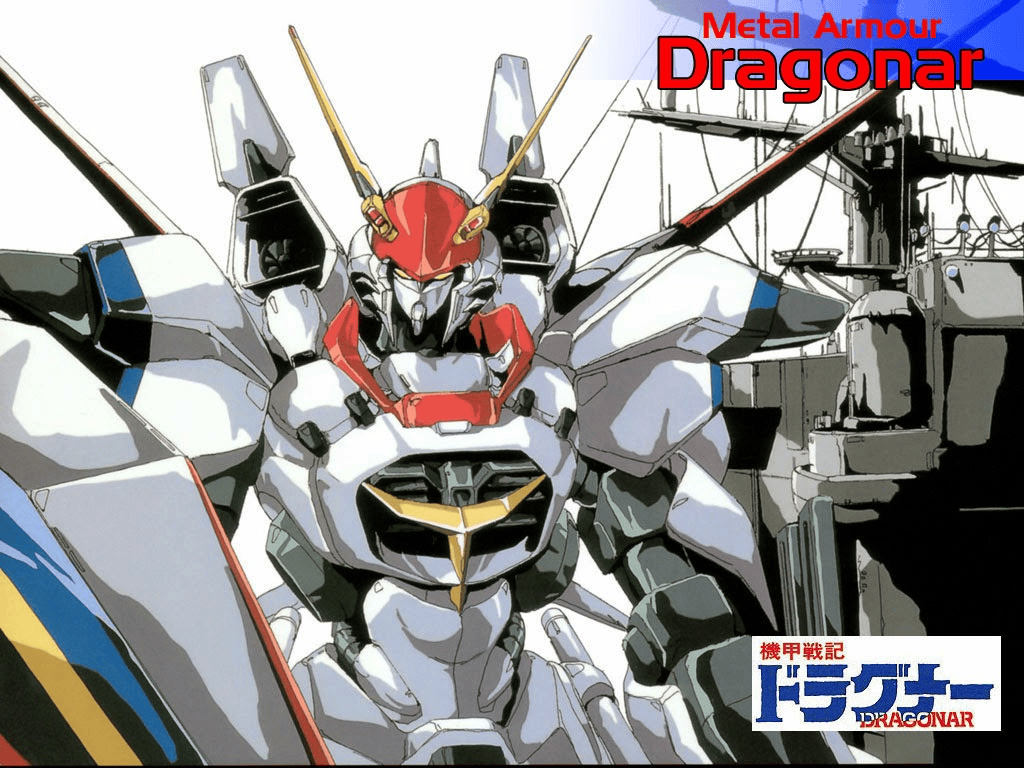
Do you want a Gundam series with a brighter tone but still has banger battles? Then Metal Armor Dragonar is a perfect series for you!

A Super Robot versus Alien mecha series, but this time it’s also infused with the intricacies of human’s most sacred bond: Marriage. Godannar put that relationship to the test!

A series about building regular model kit, and using them to find inspiration in life. A very uplifting and chill series for mecha fans to change their perspective on their hobby.
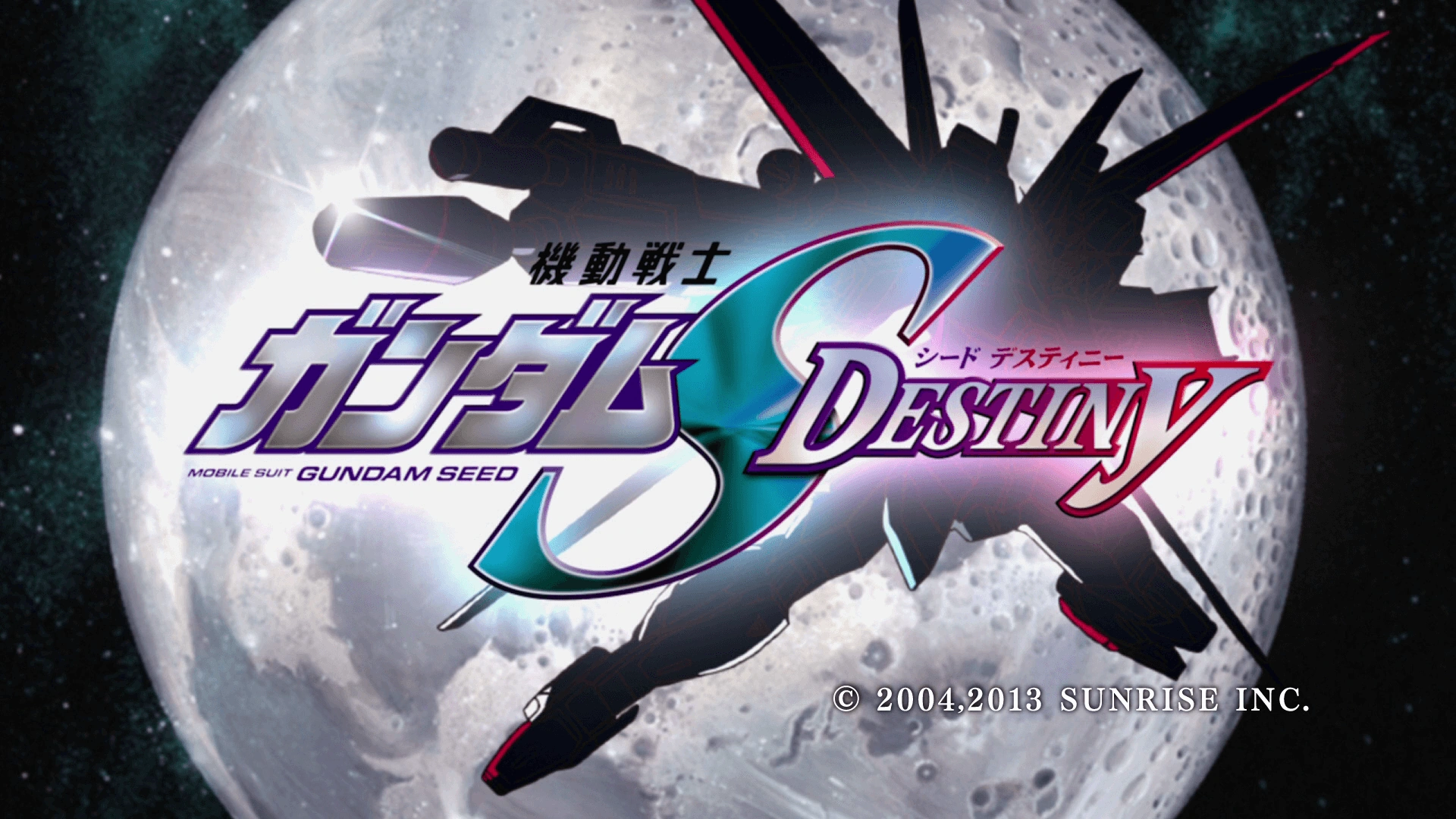
The sequel to SEED – a series that brought Gundam on top of the radar. Destiny is a sequel that earned both the intense love and hate within the fandoms.

The 3rd Tokusatsu series by Director Anno Hideaki. Shin Kamen Rider revisits the core message of what it means to be a Rider and to fight for justice while putting a modern spin on it.
